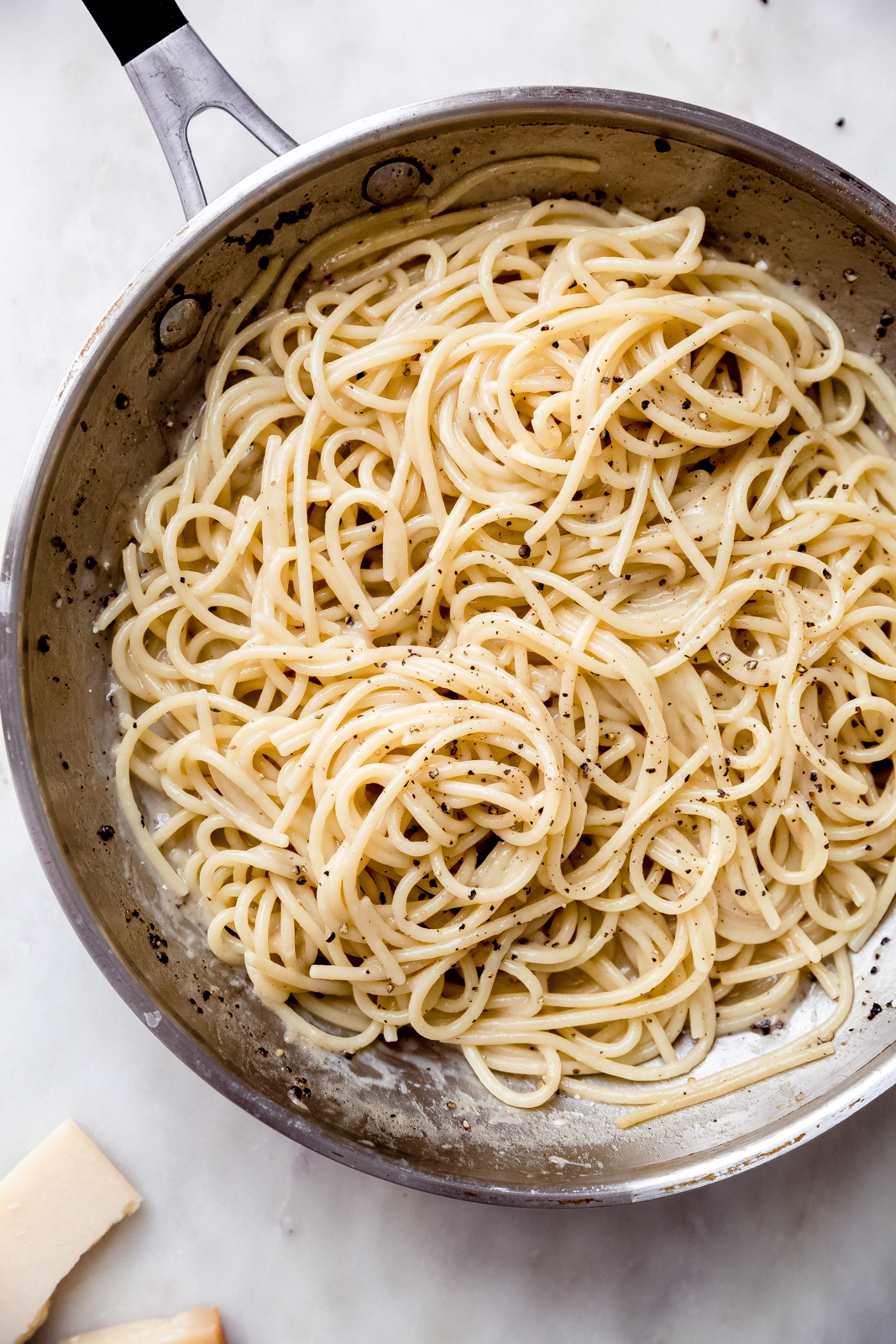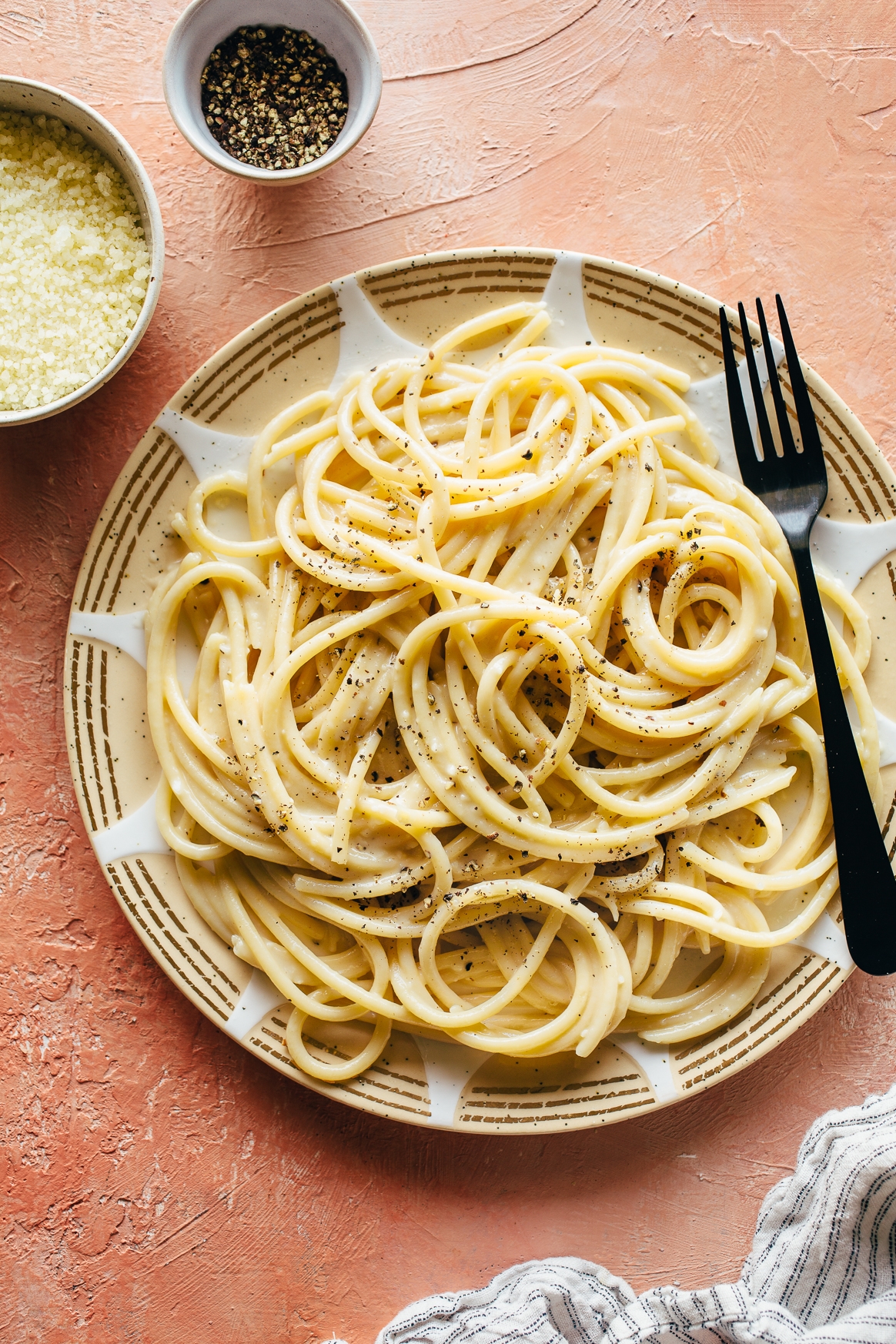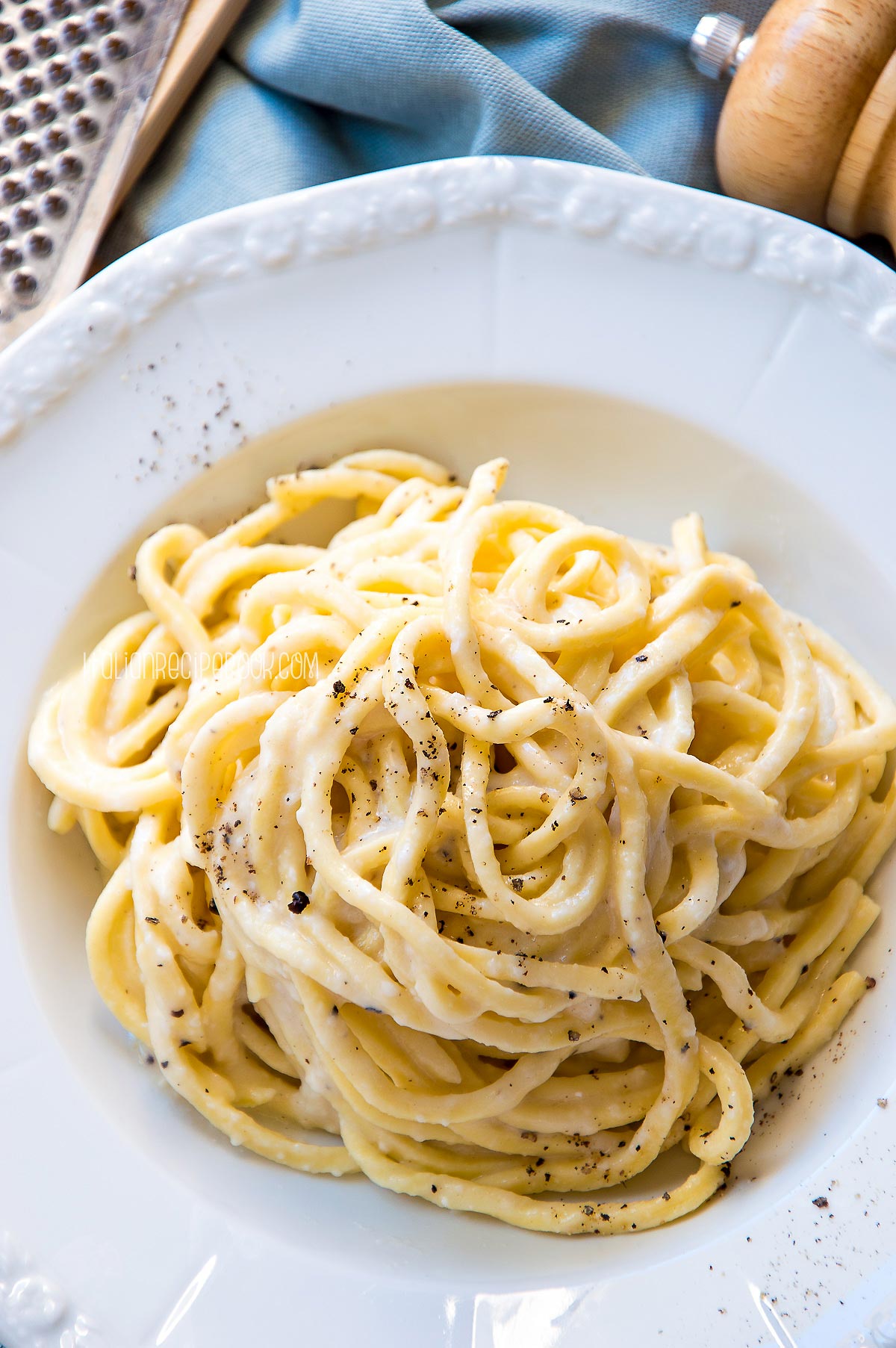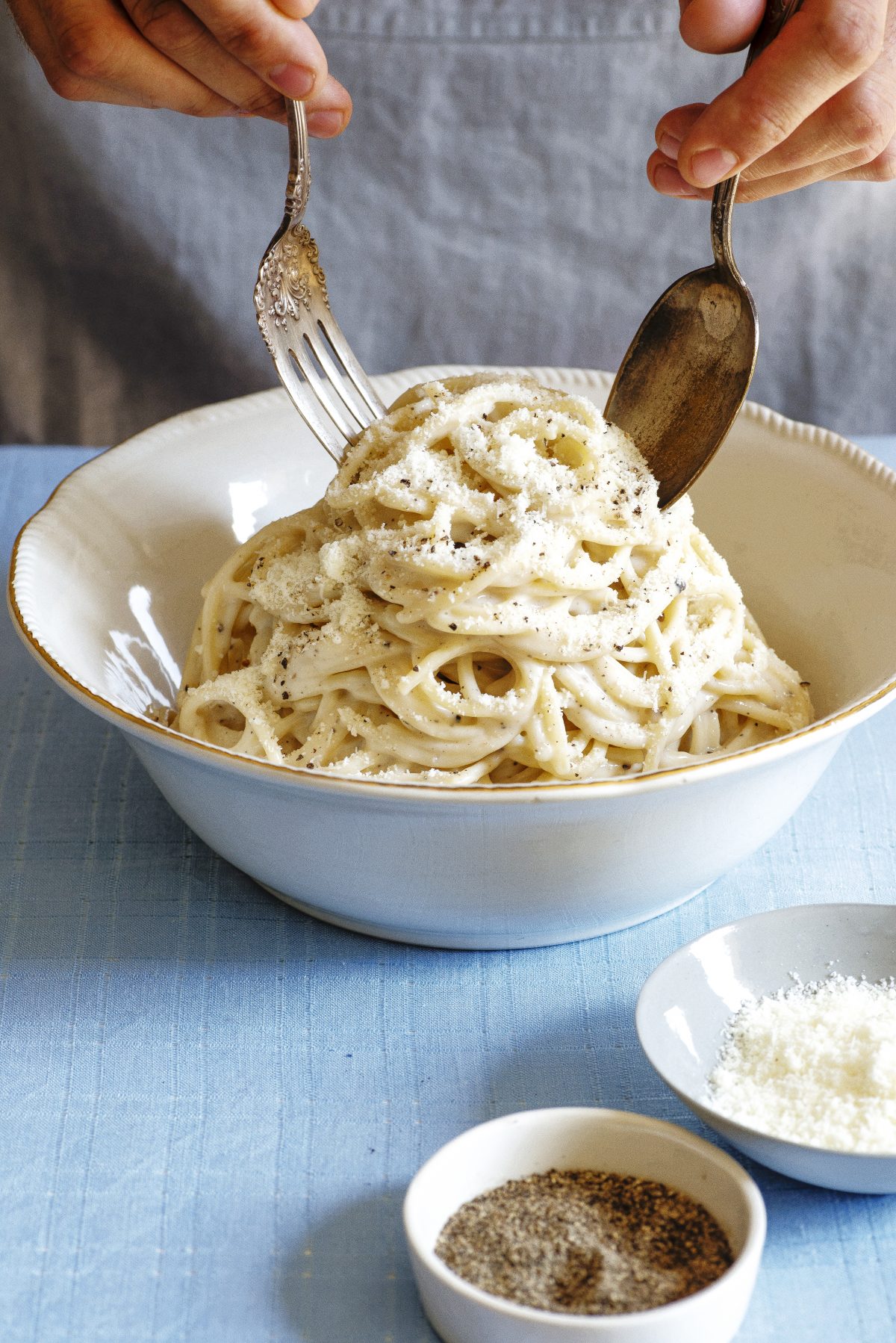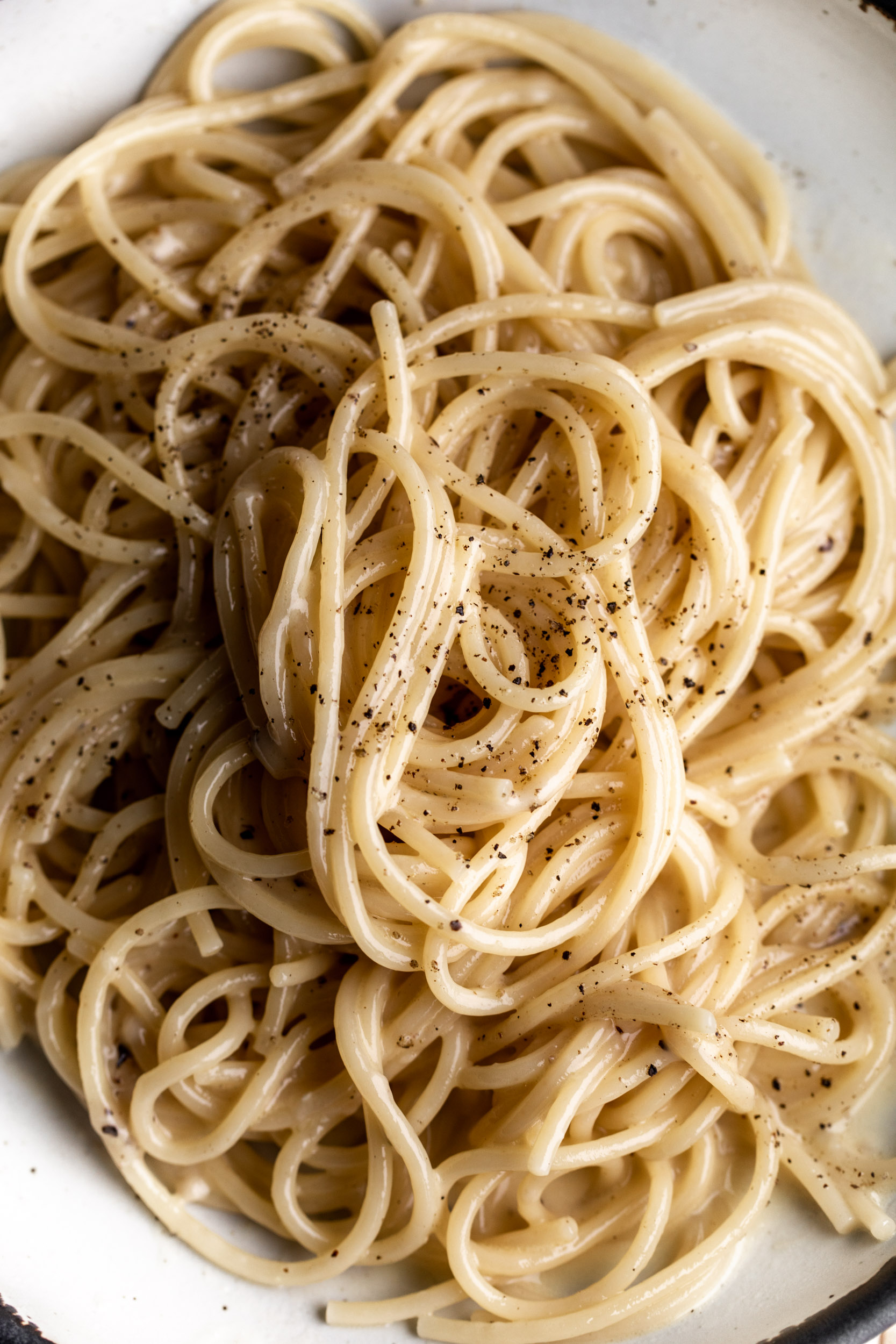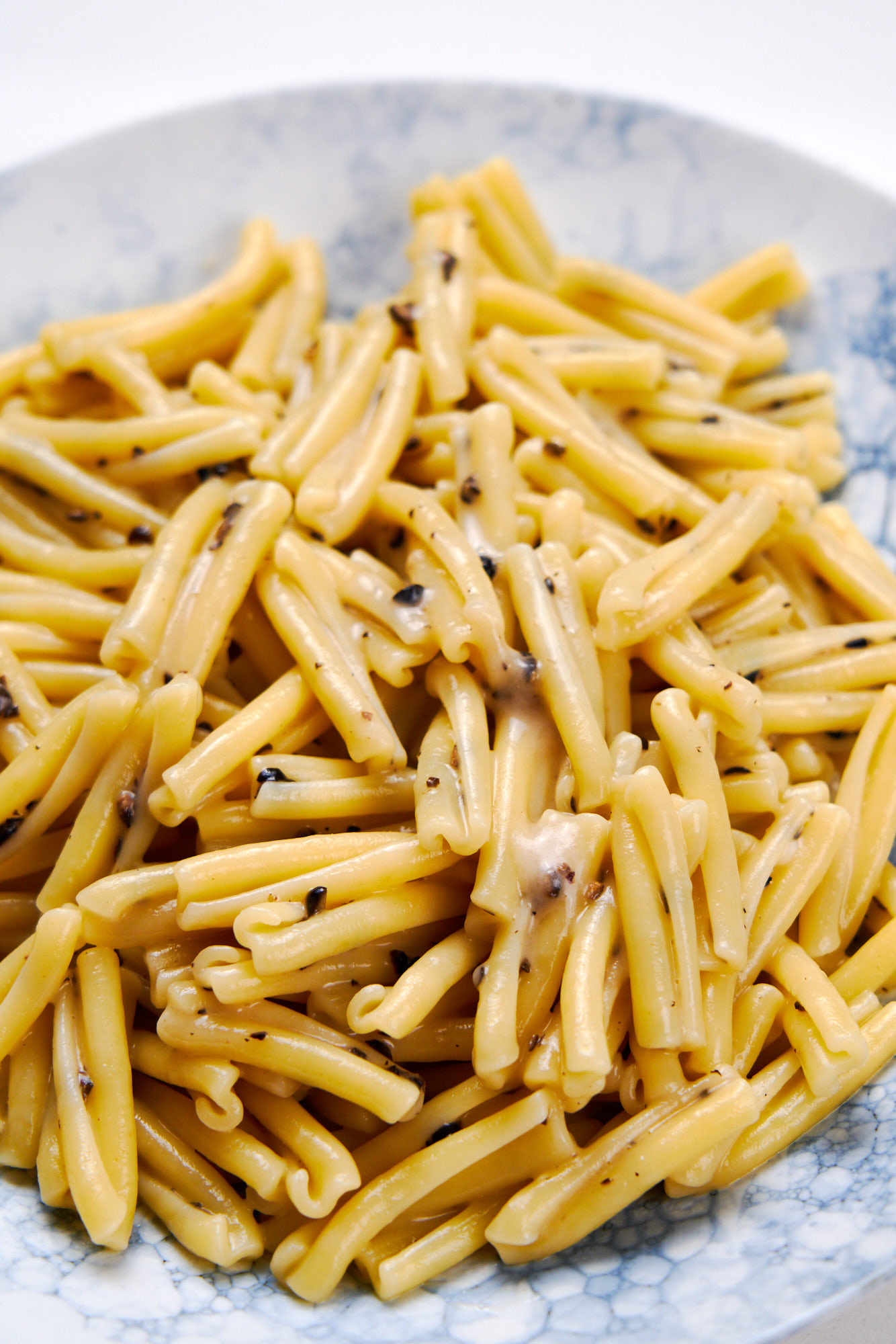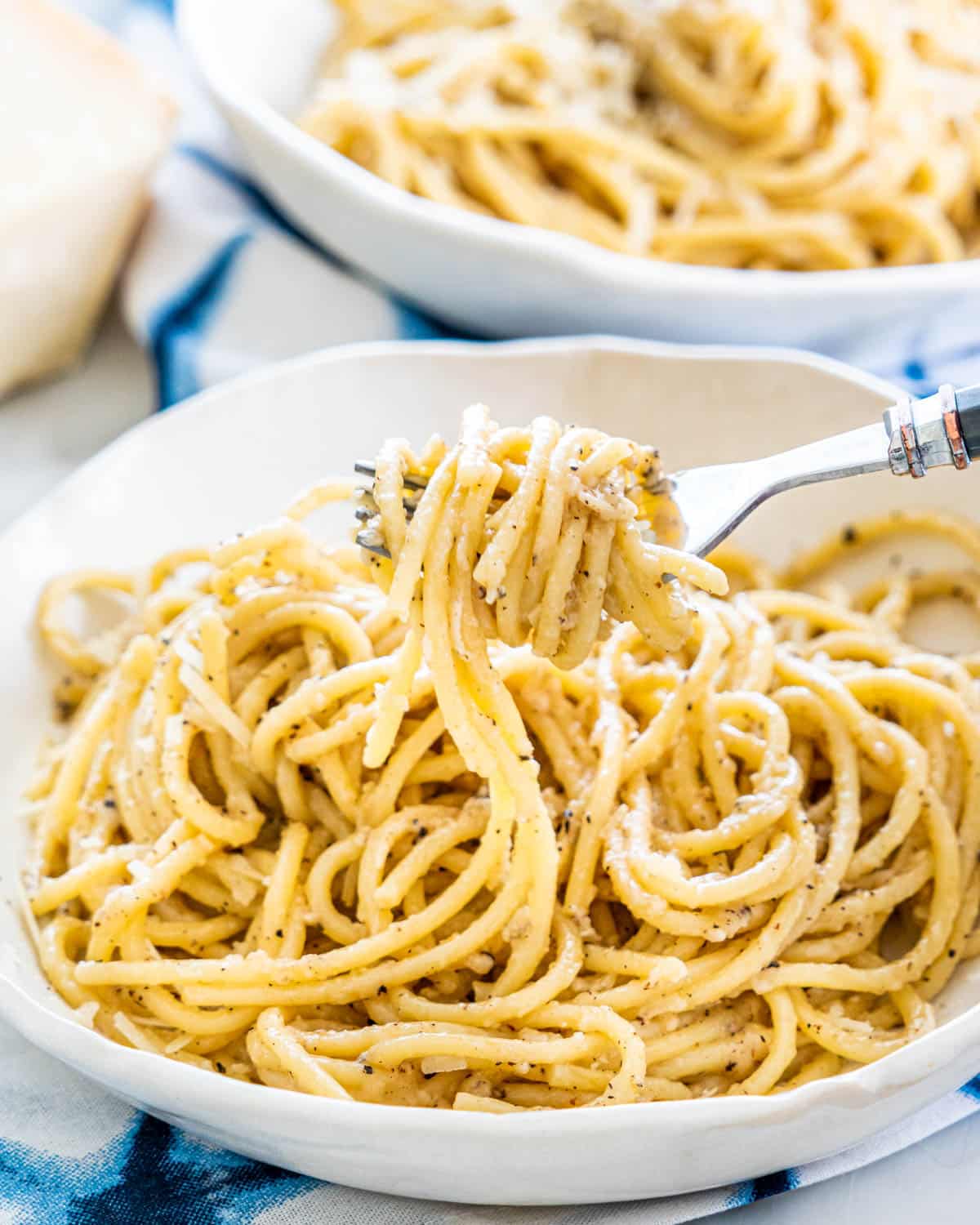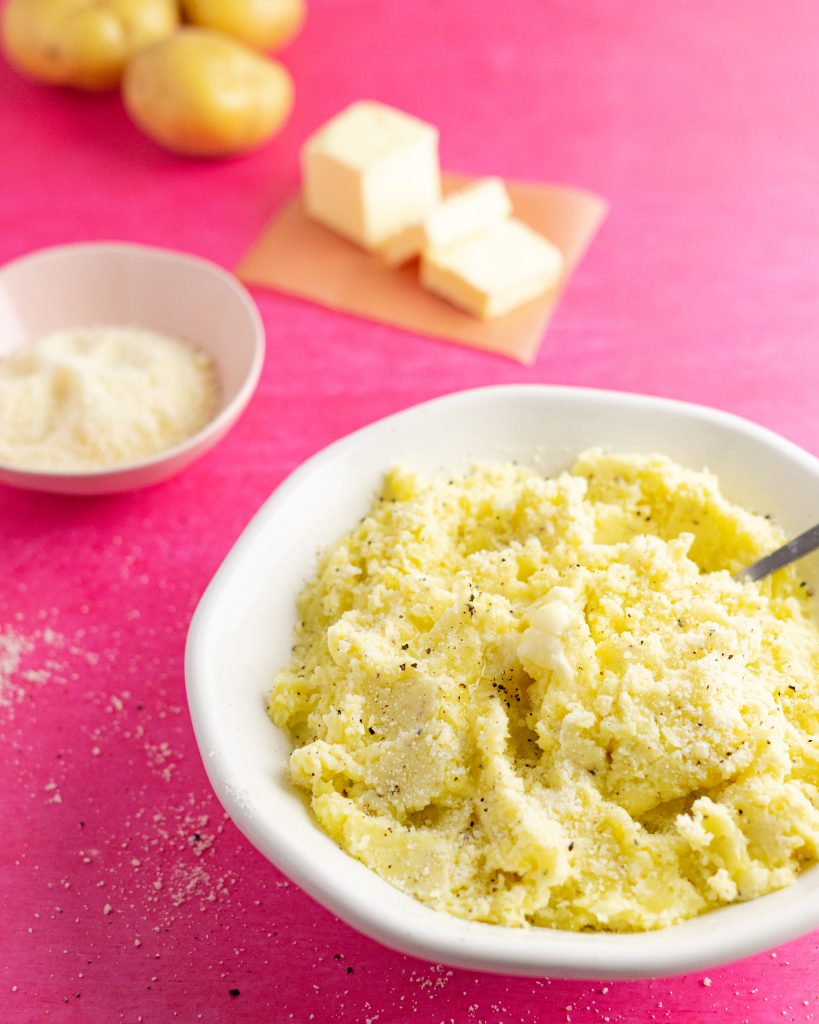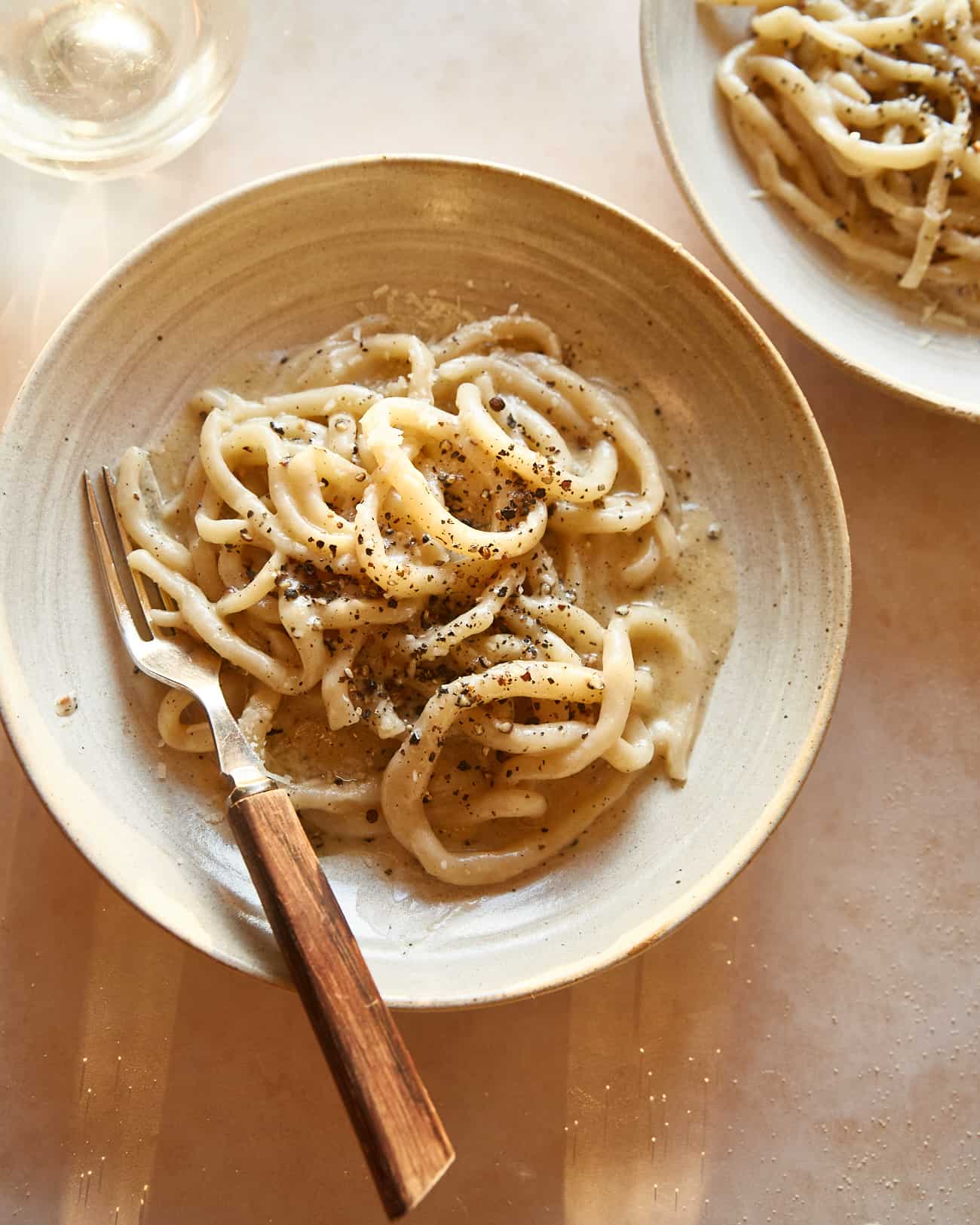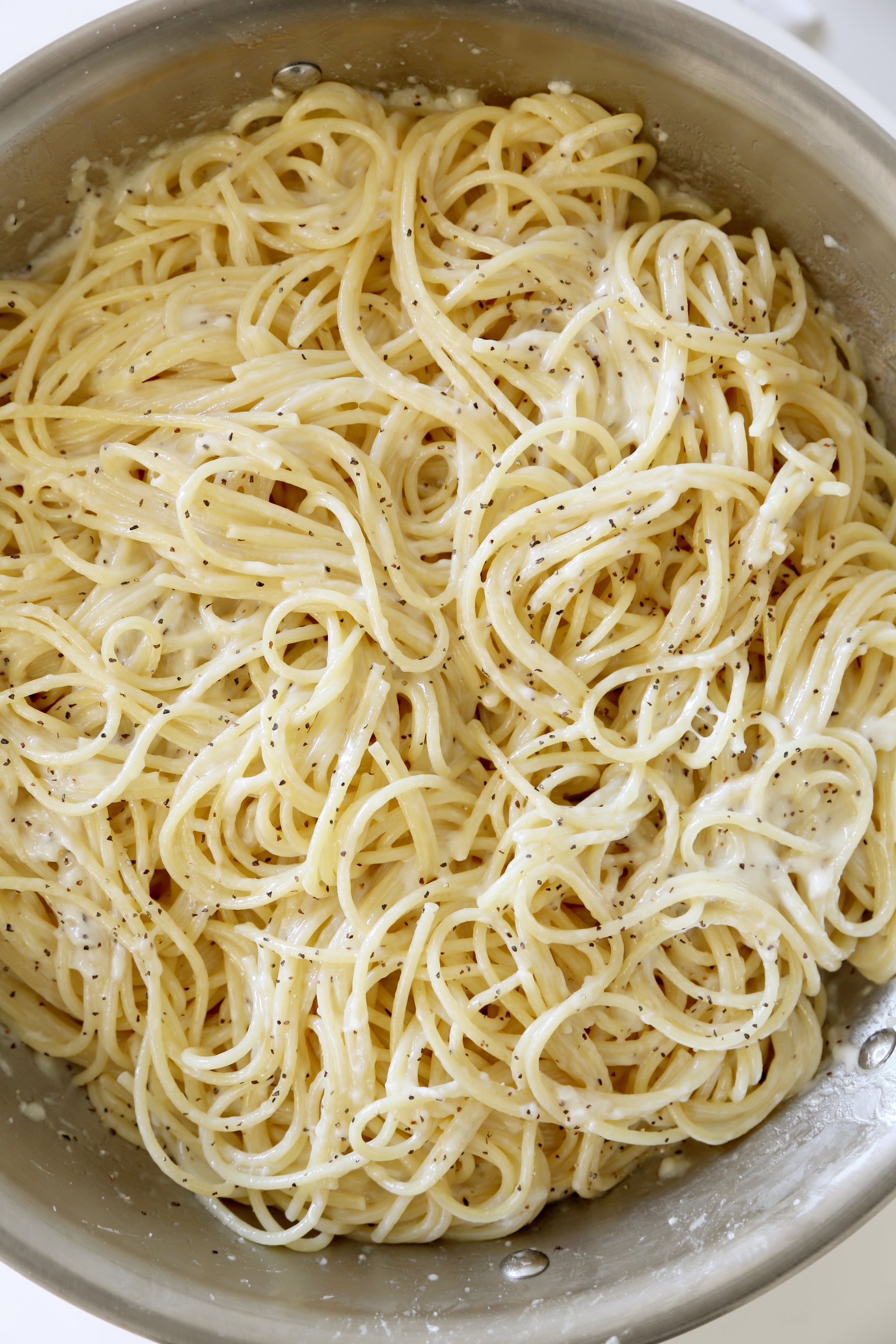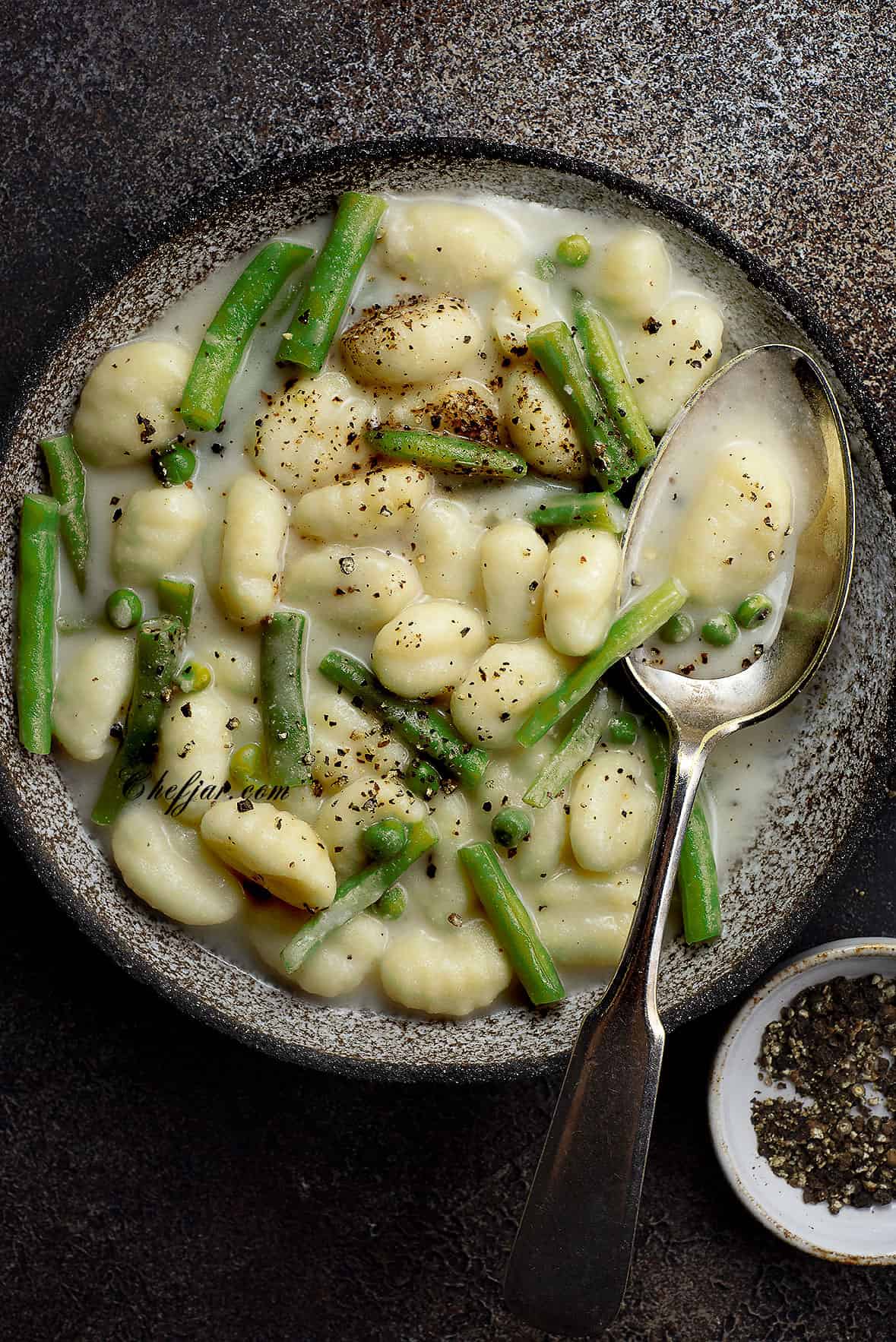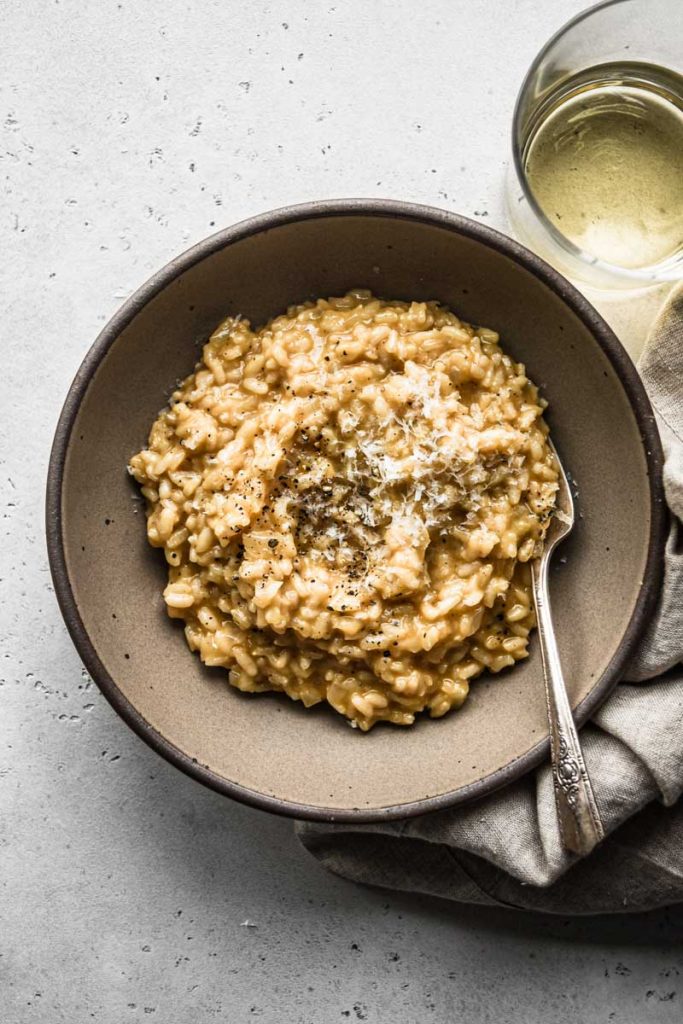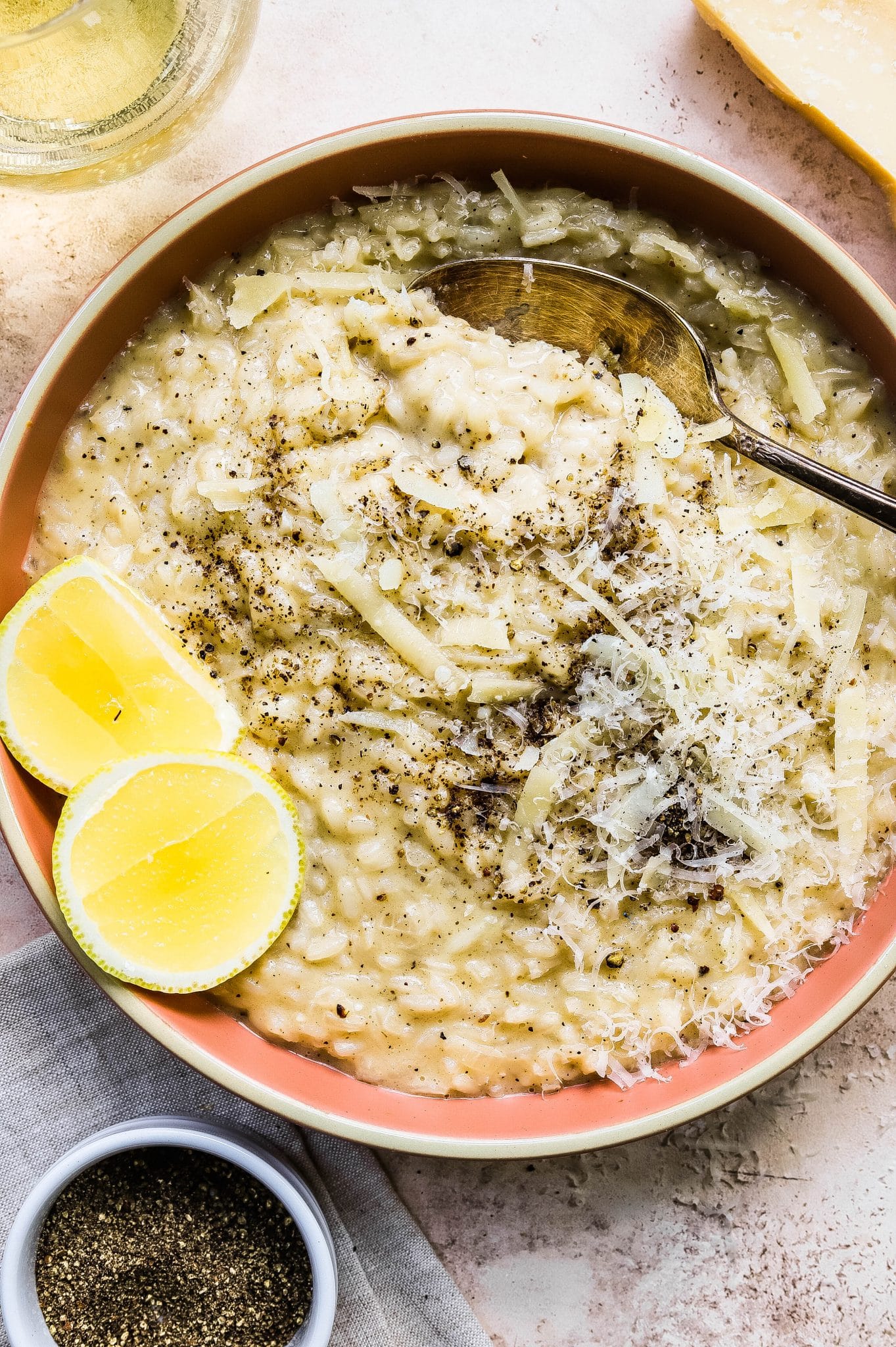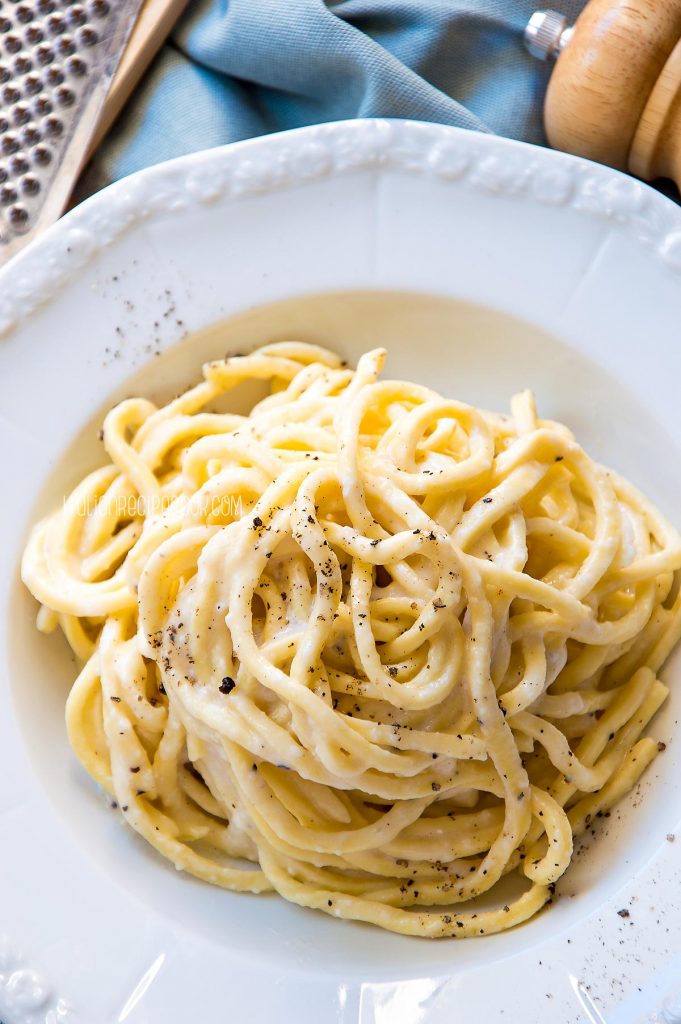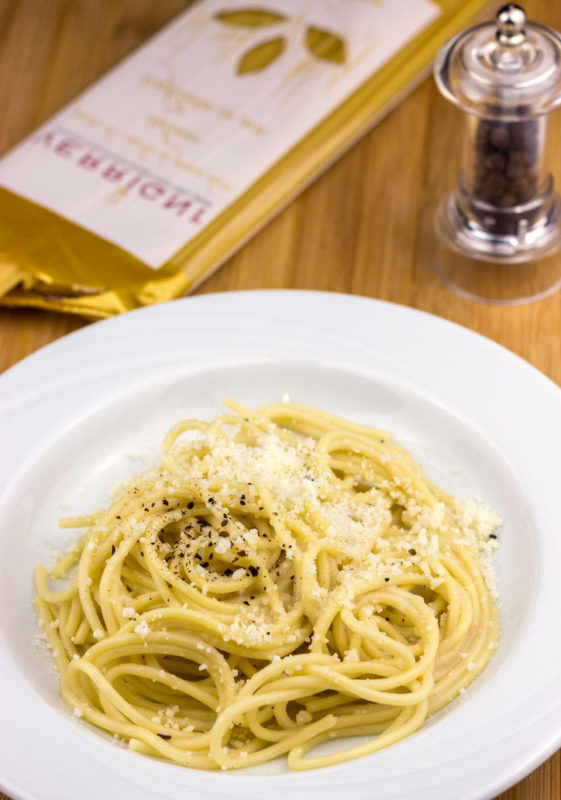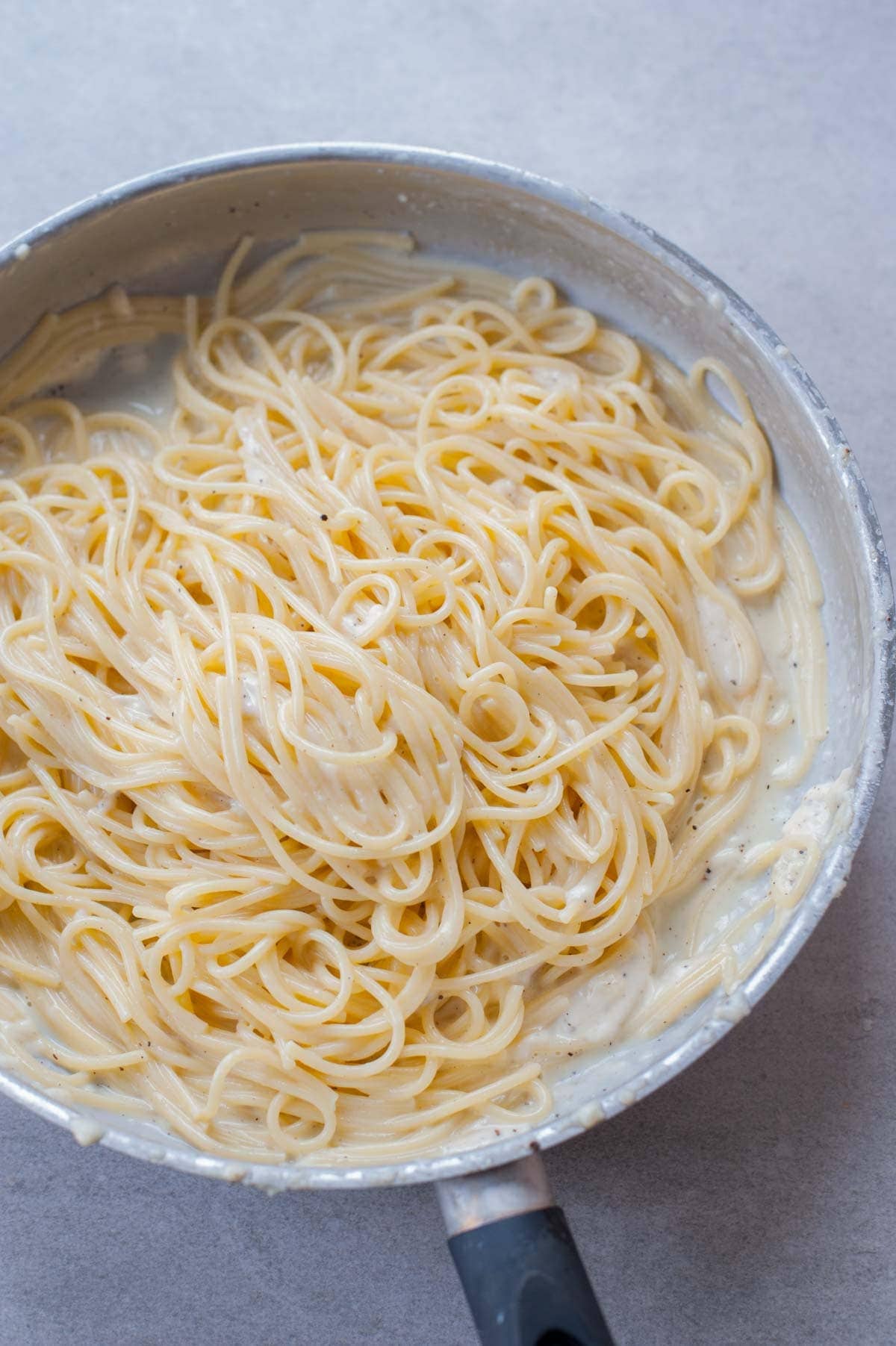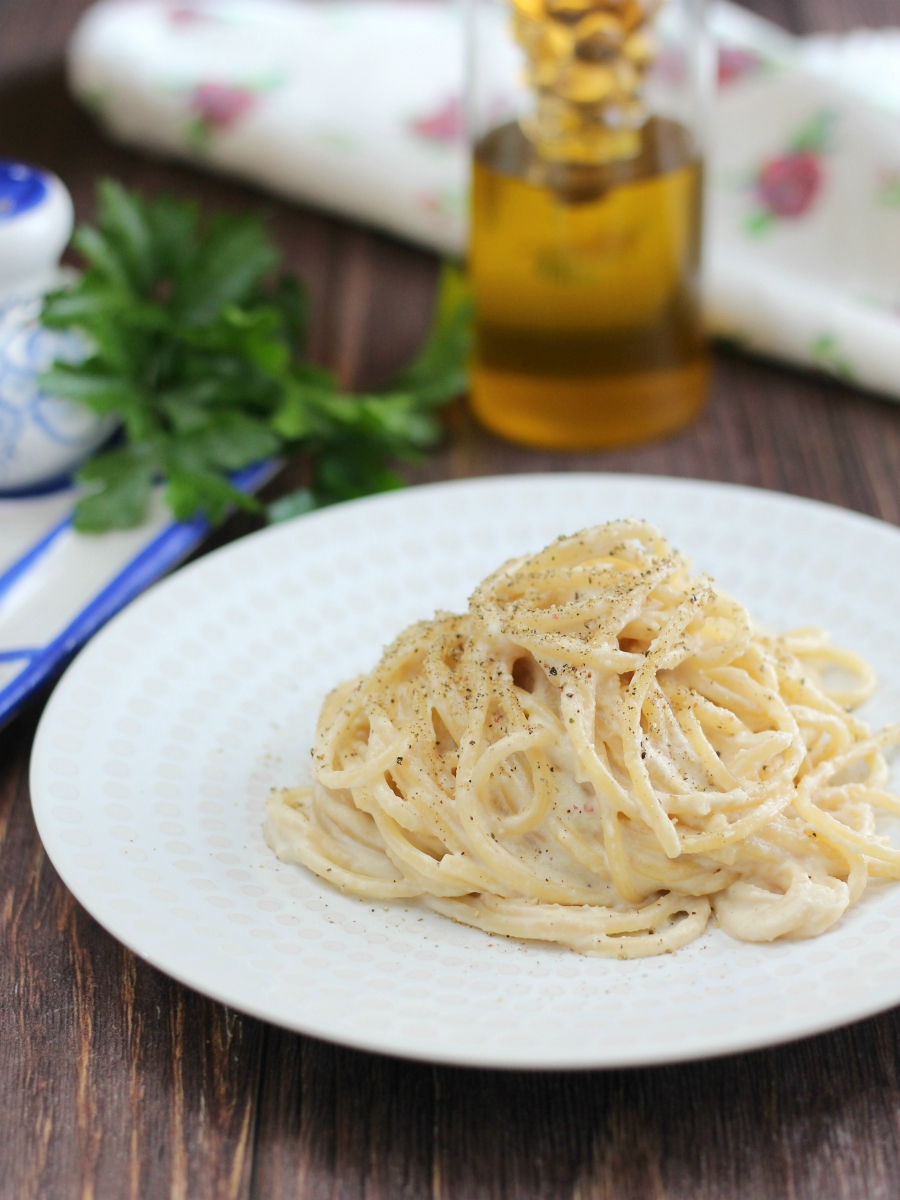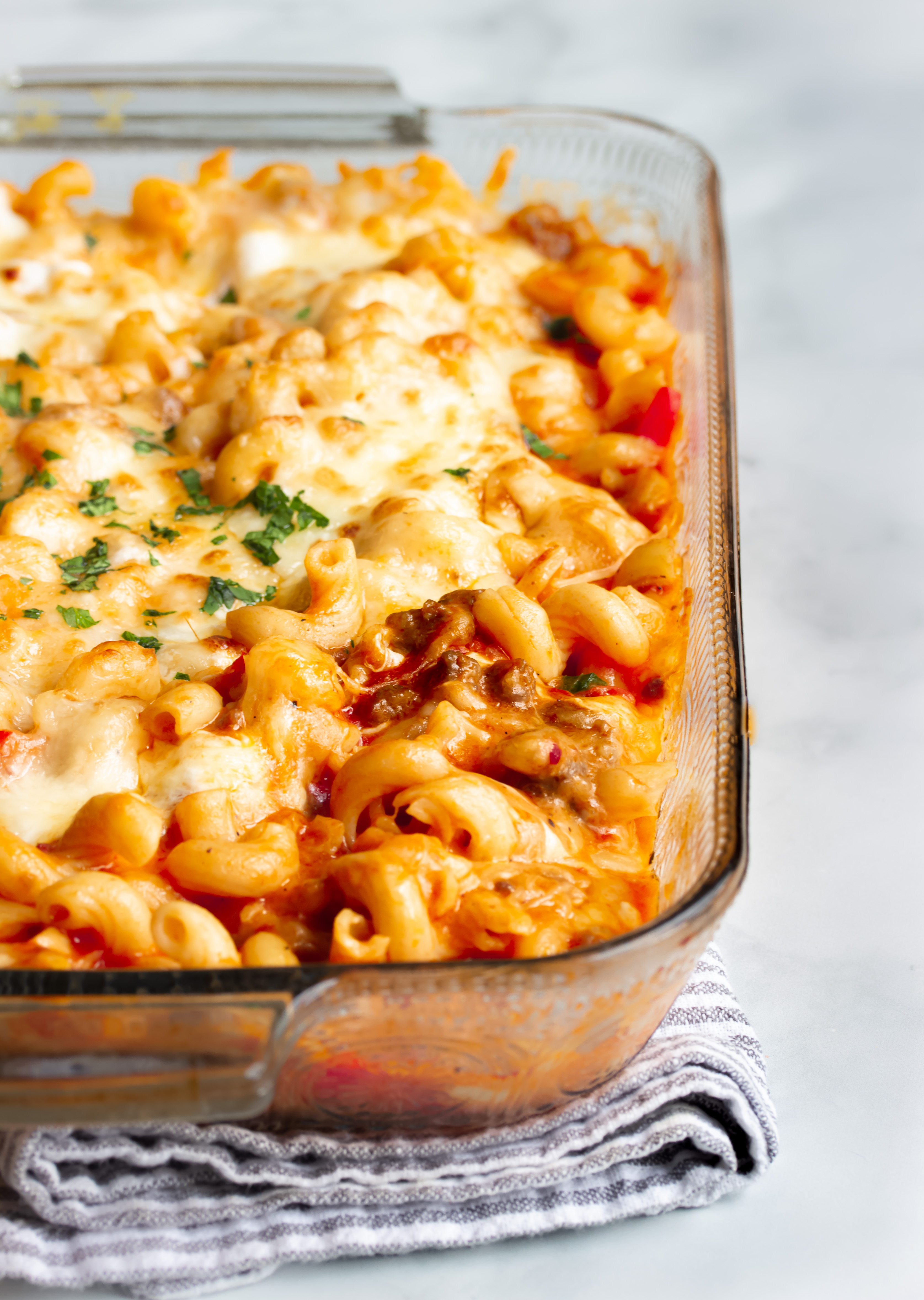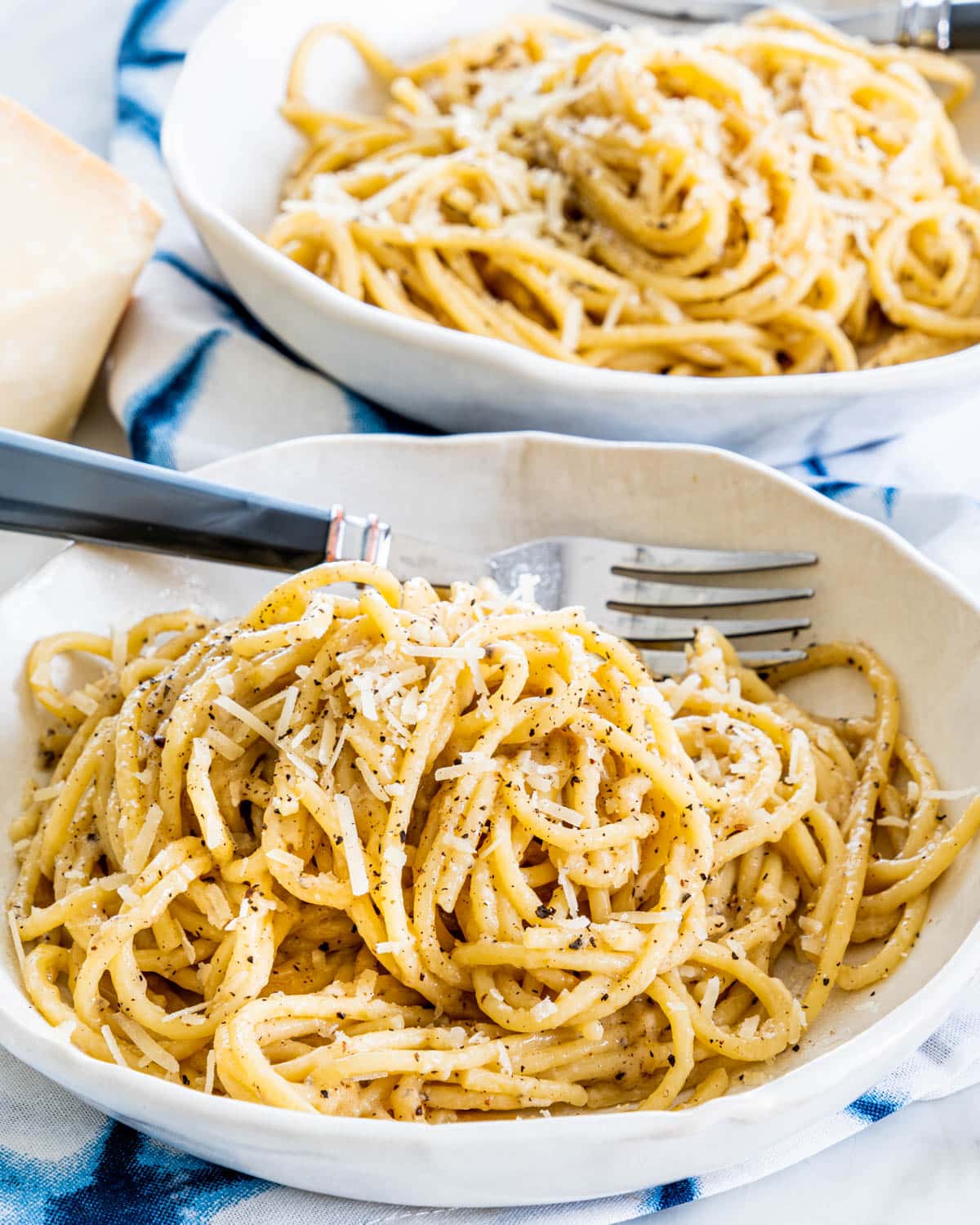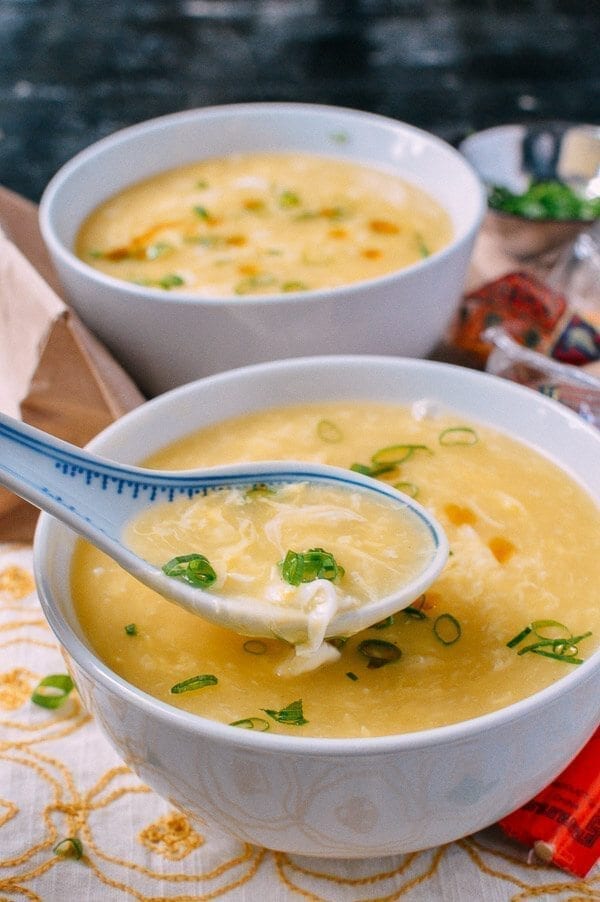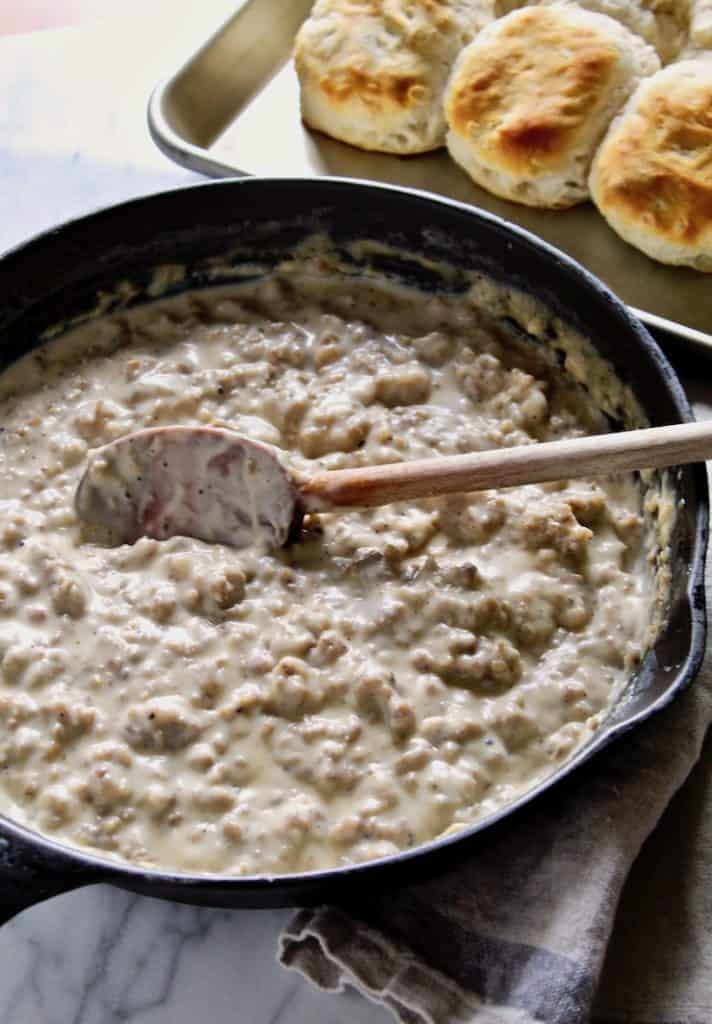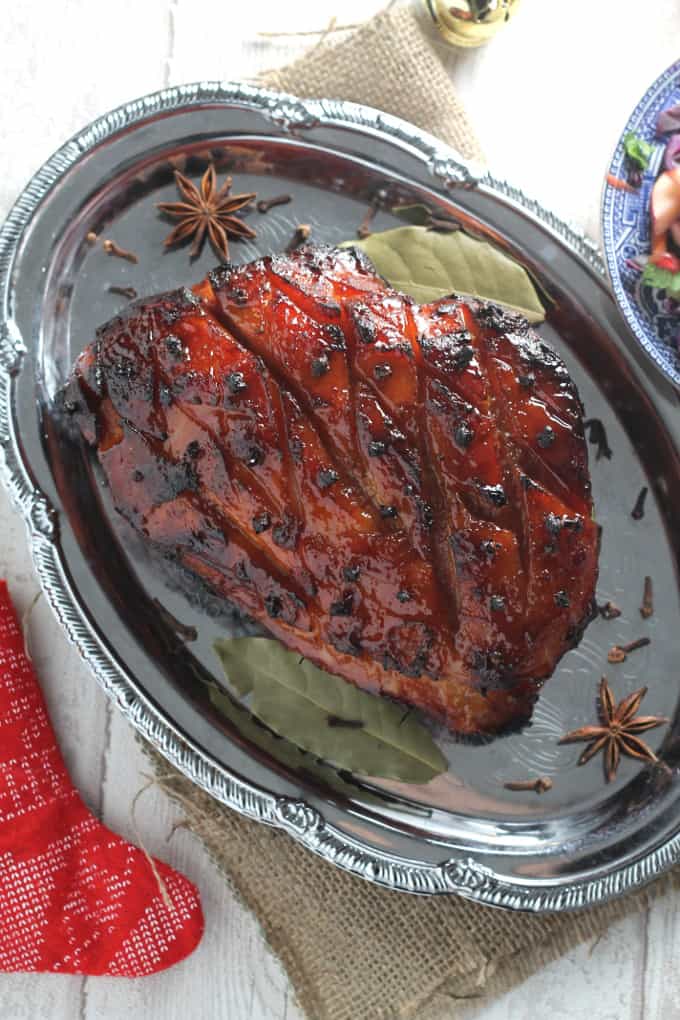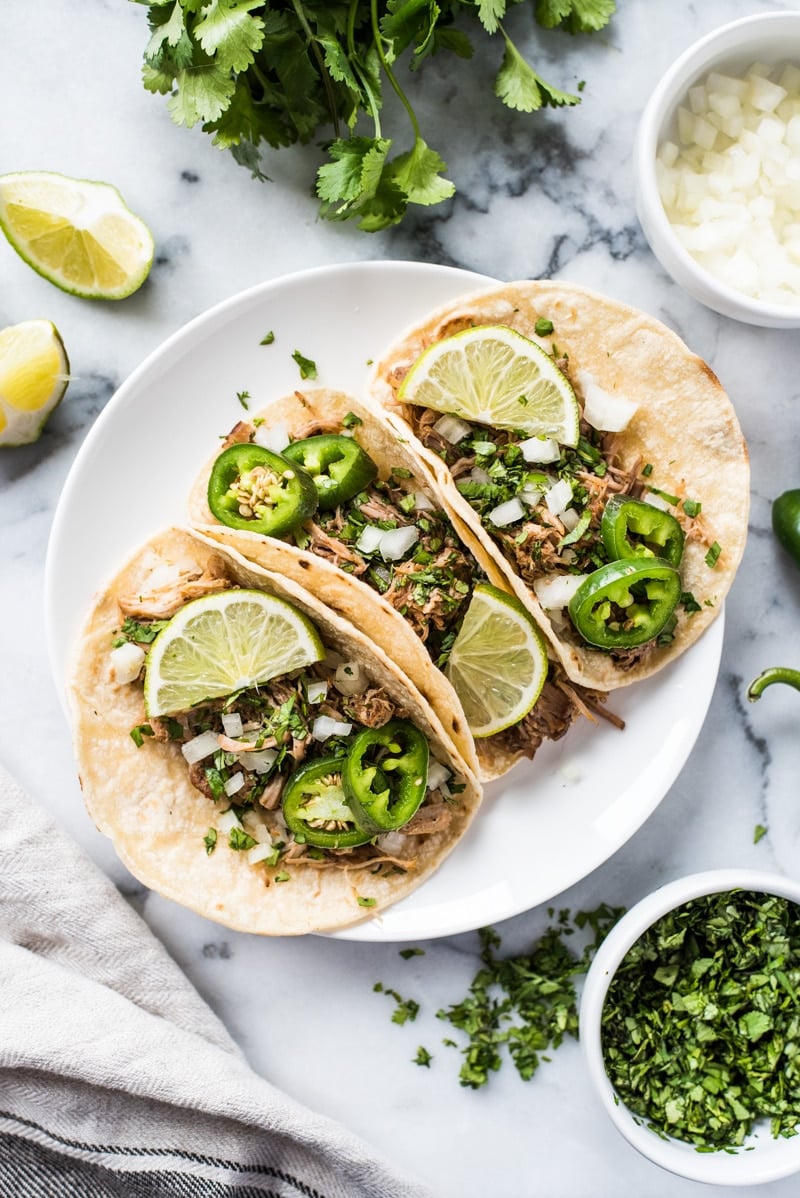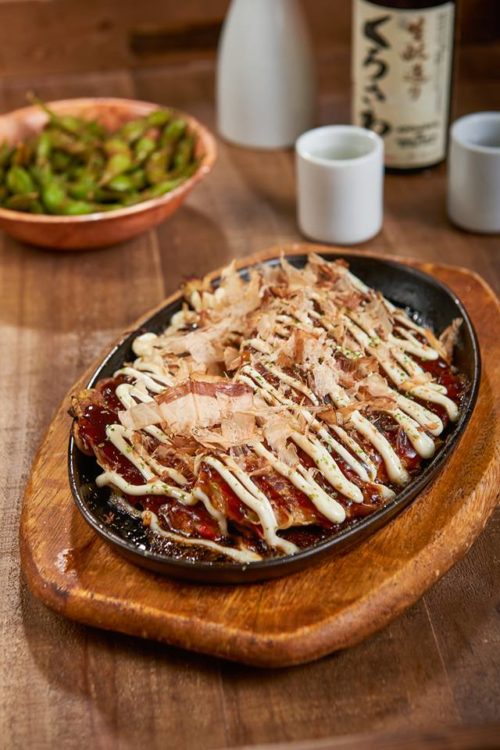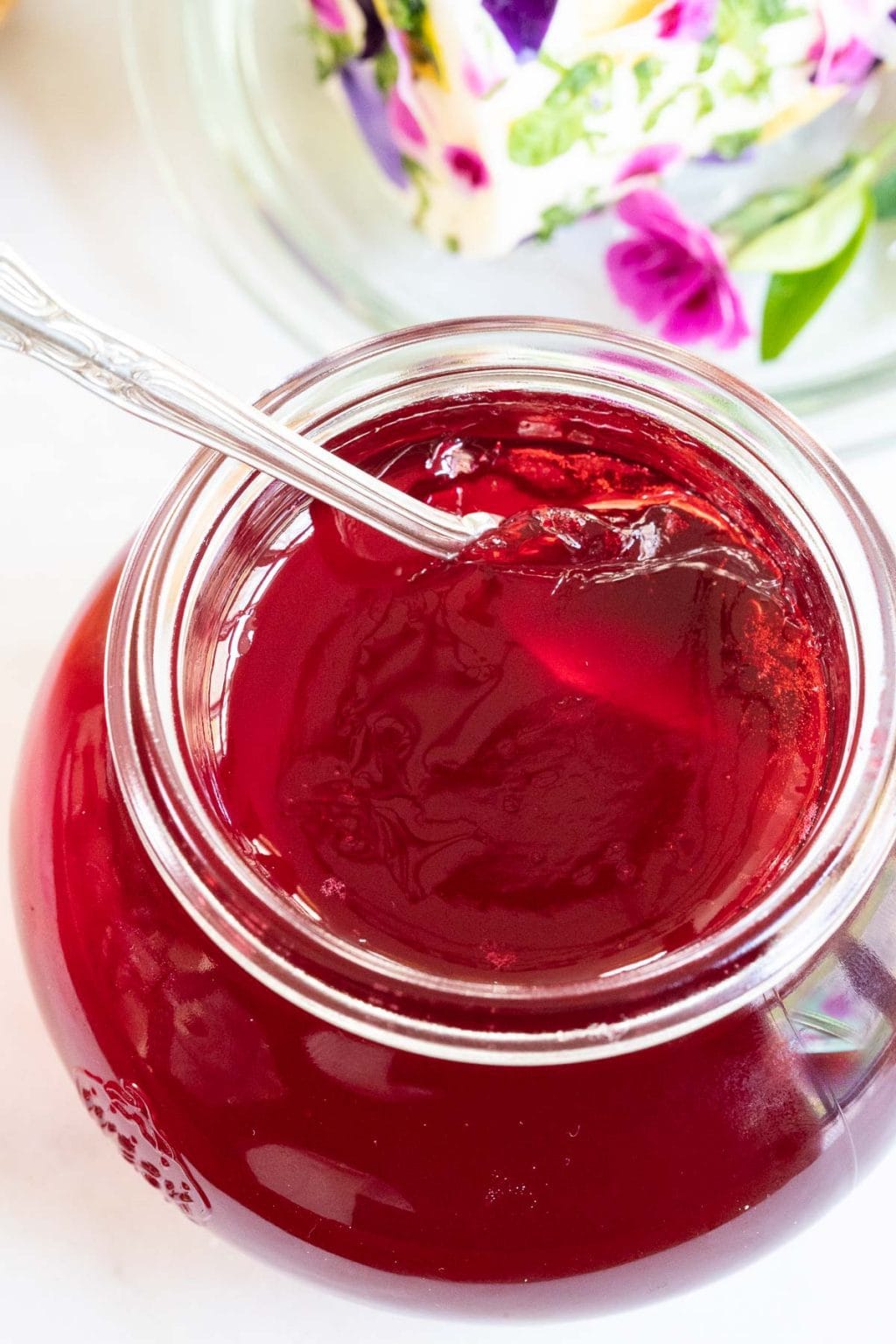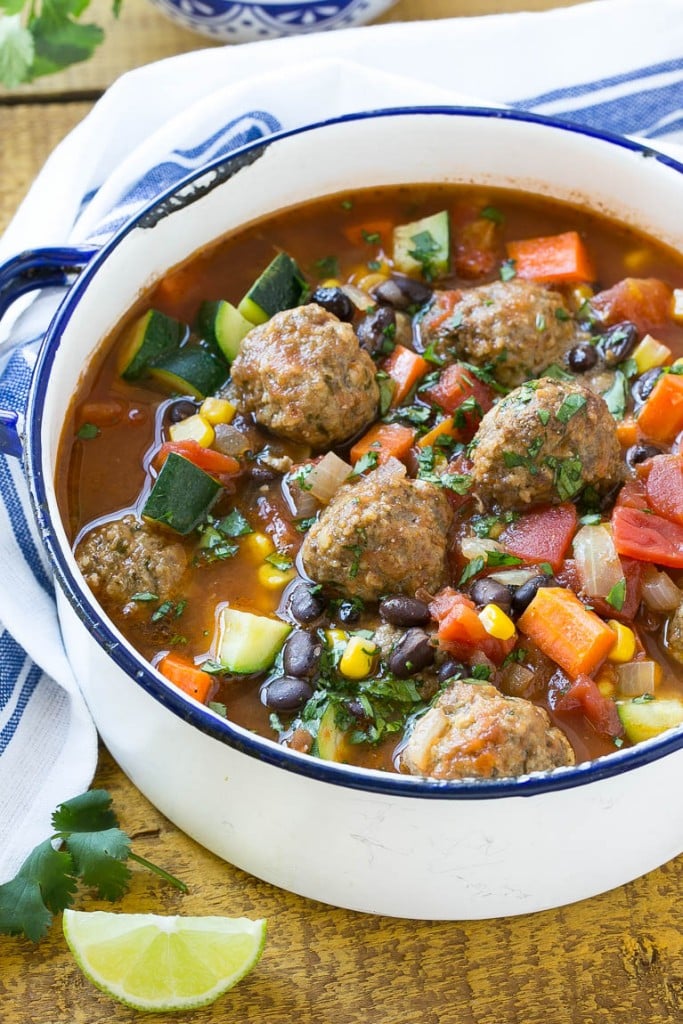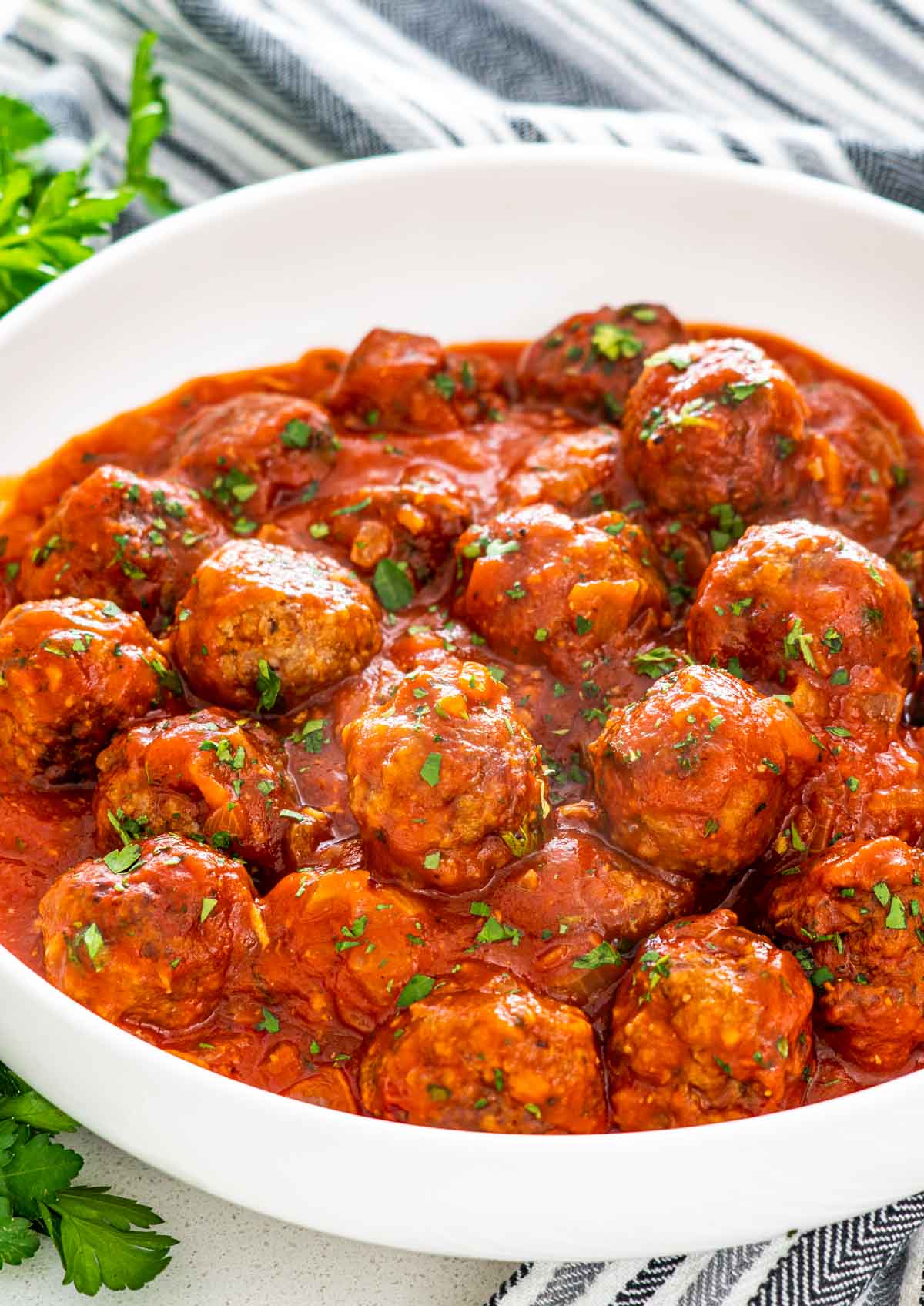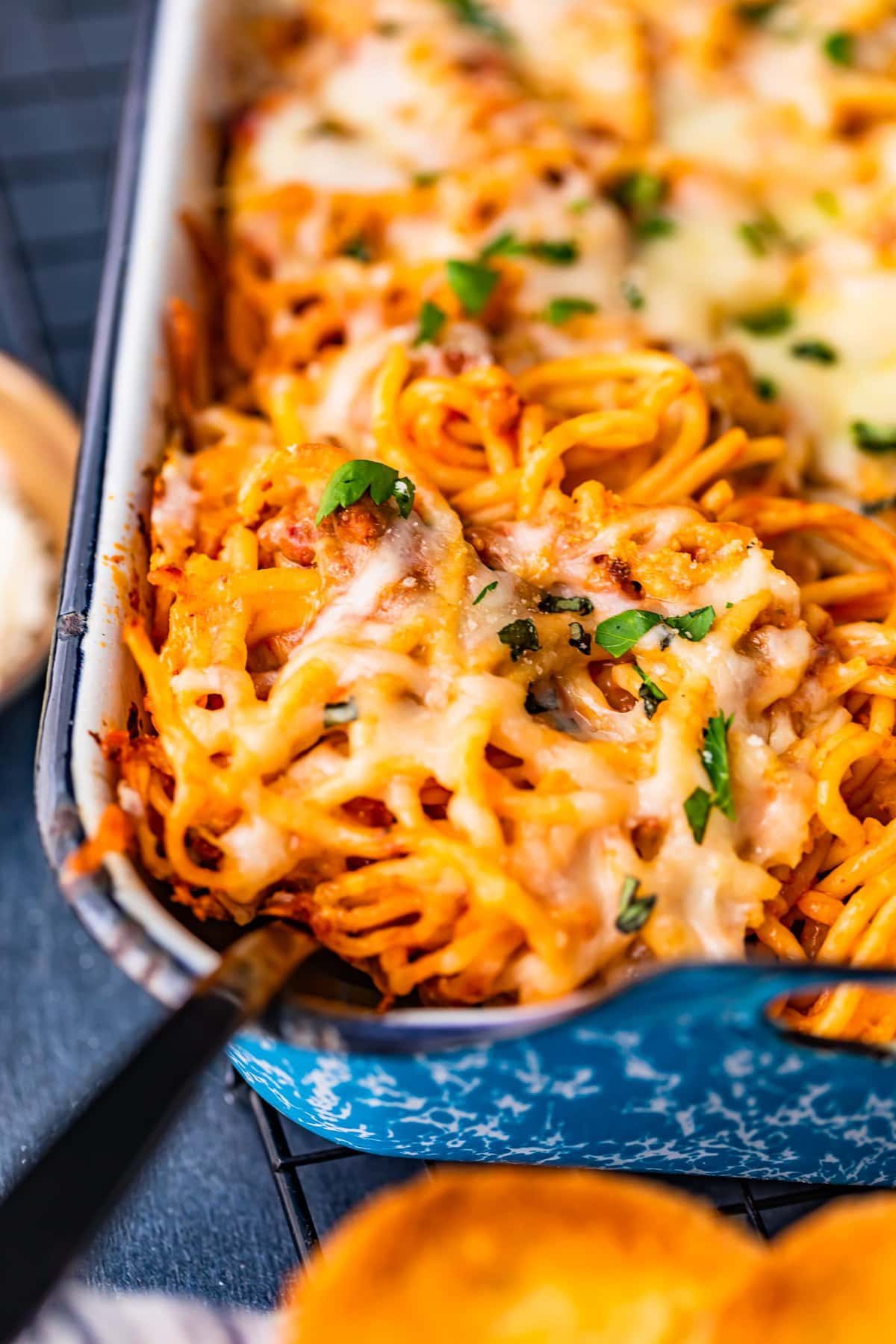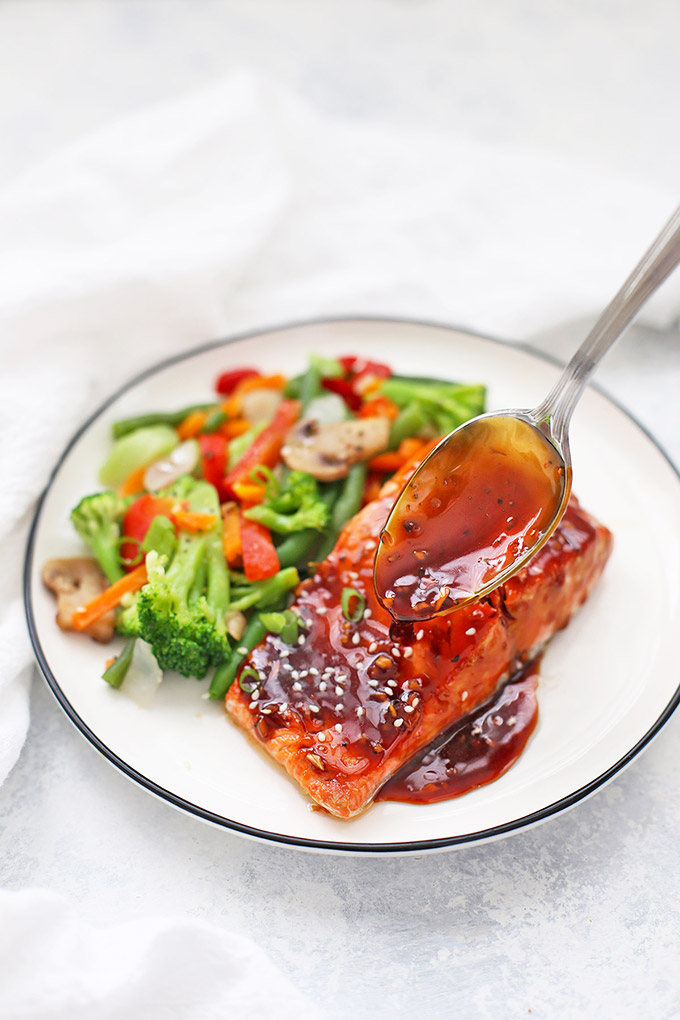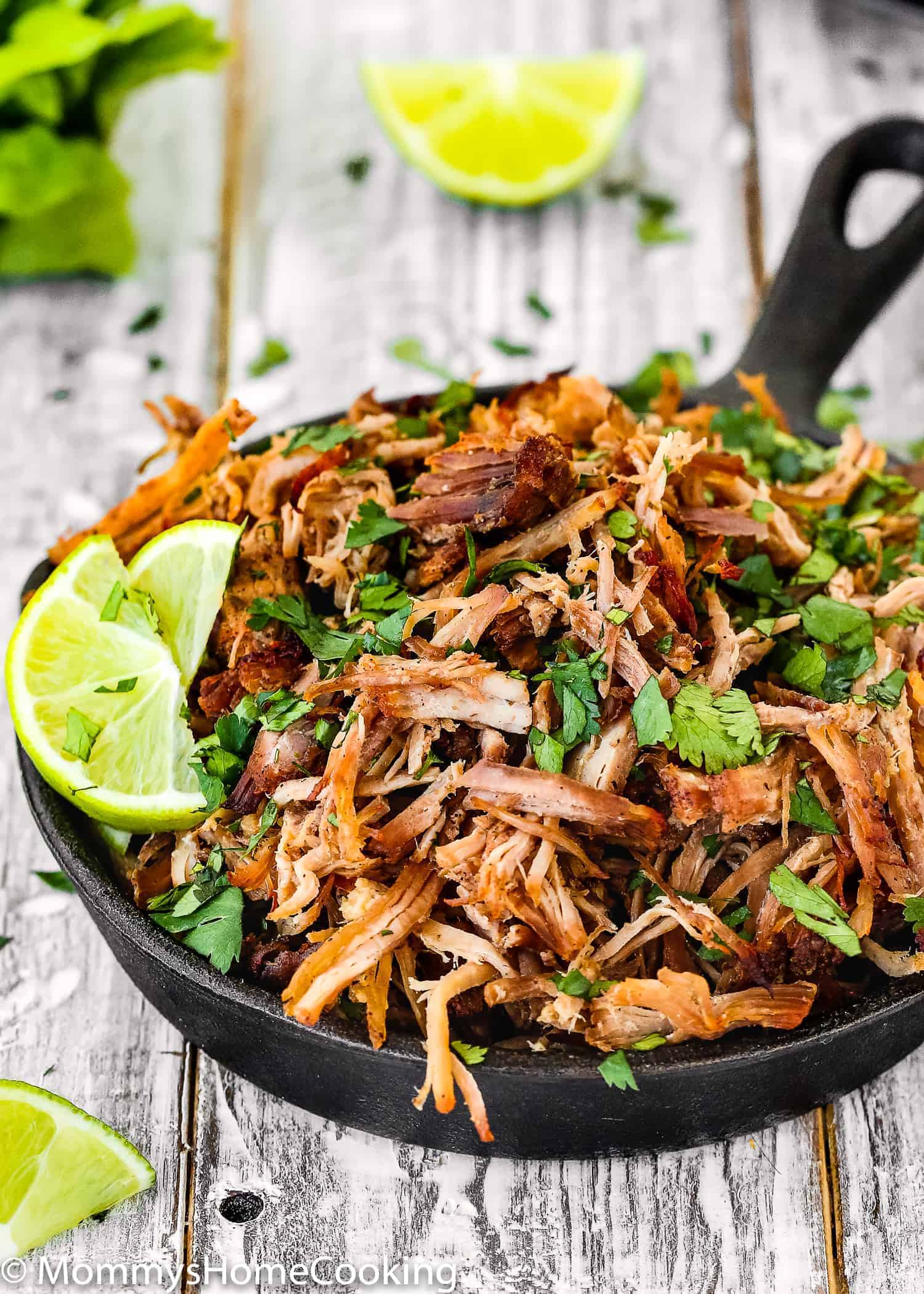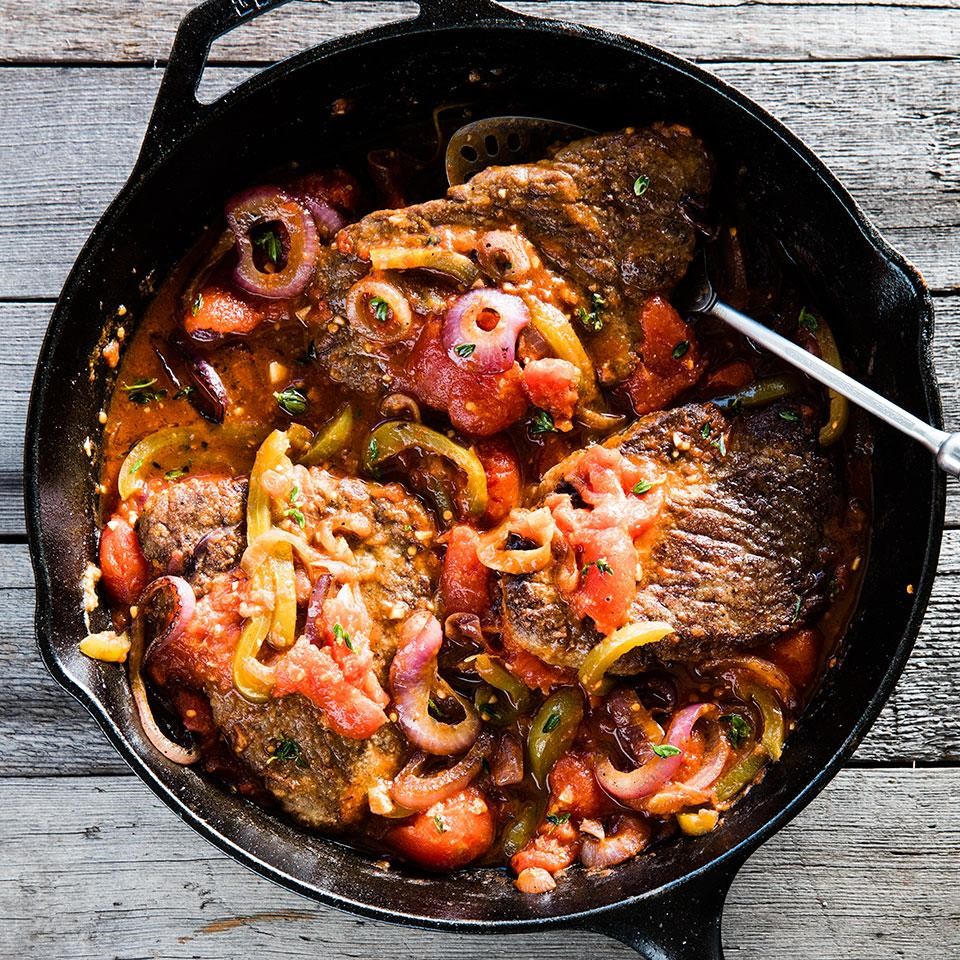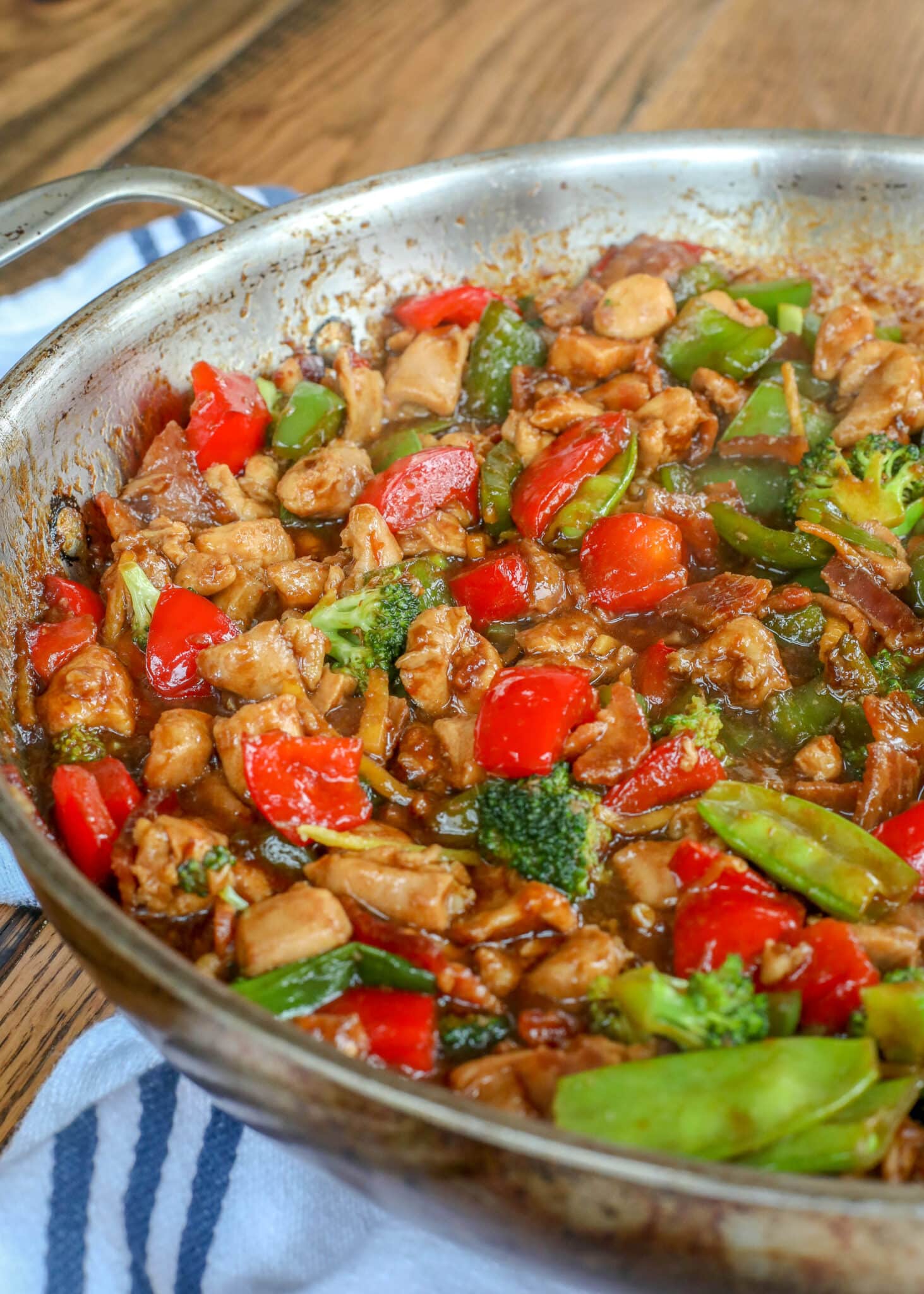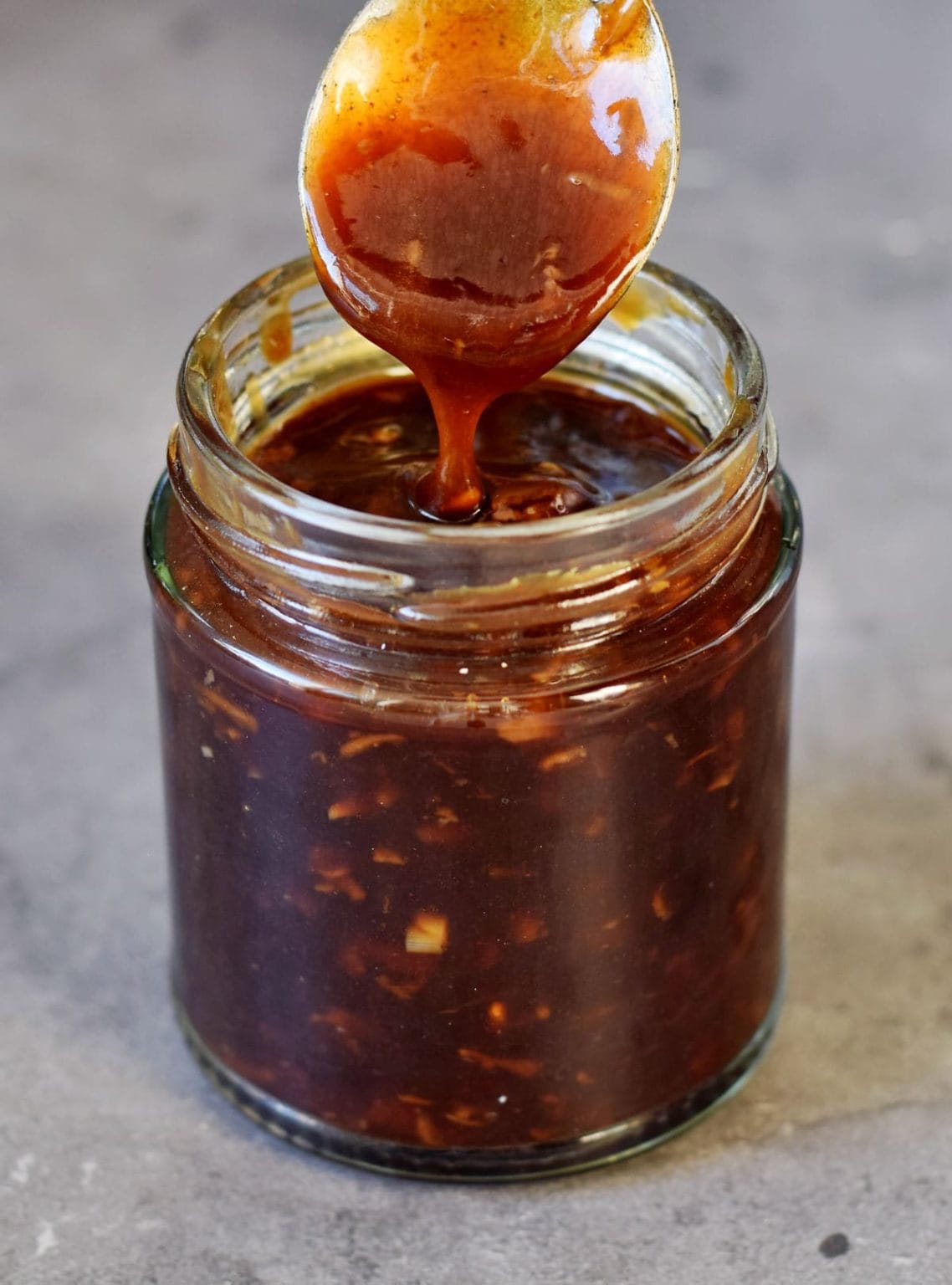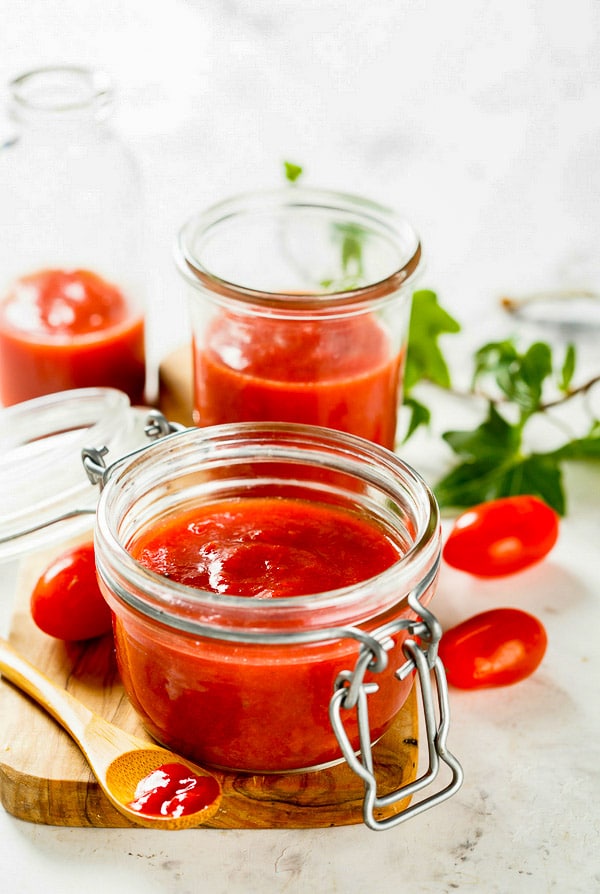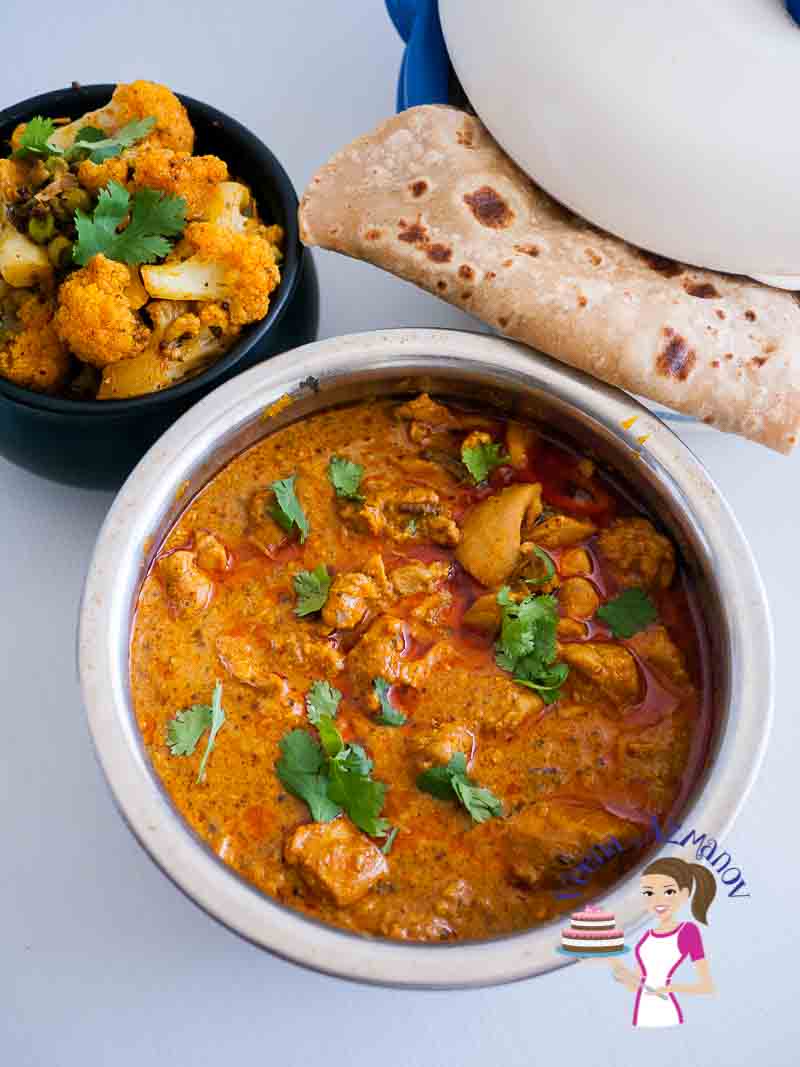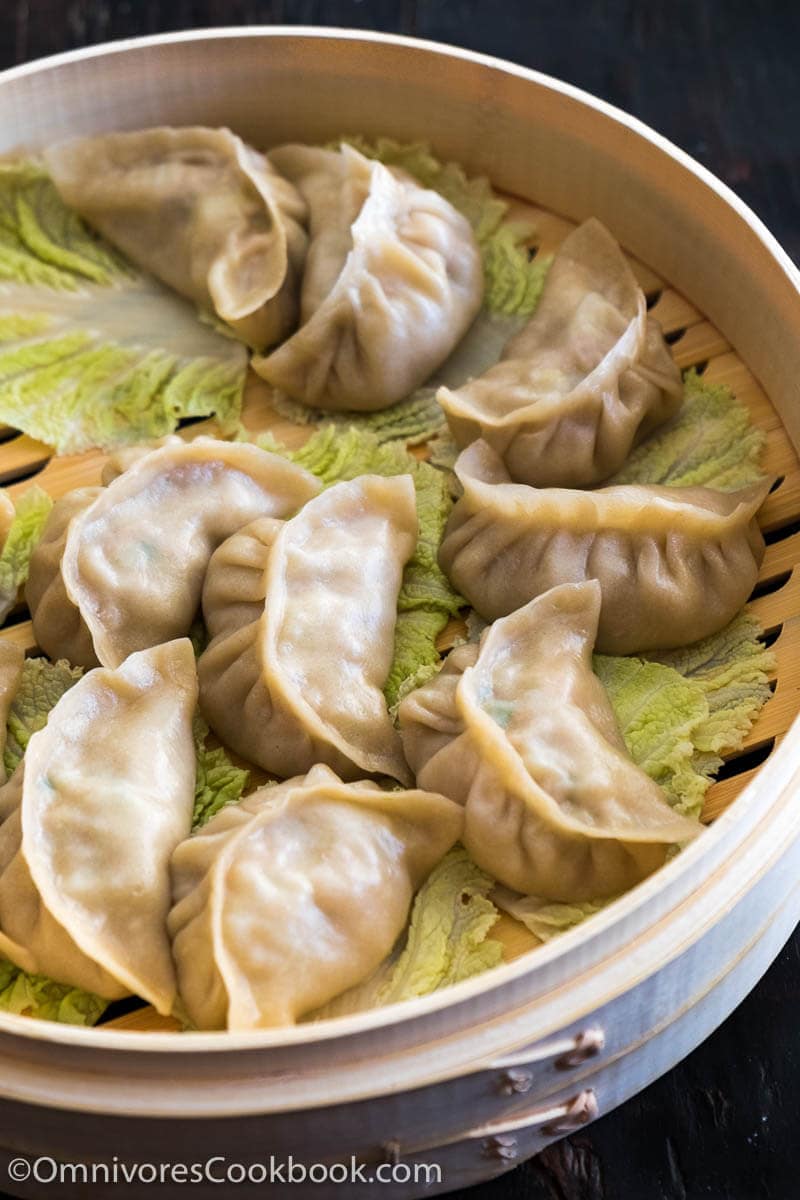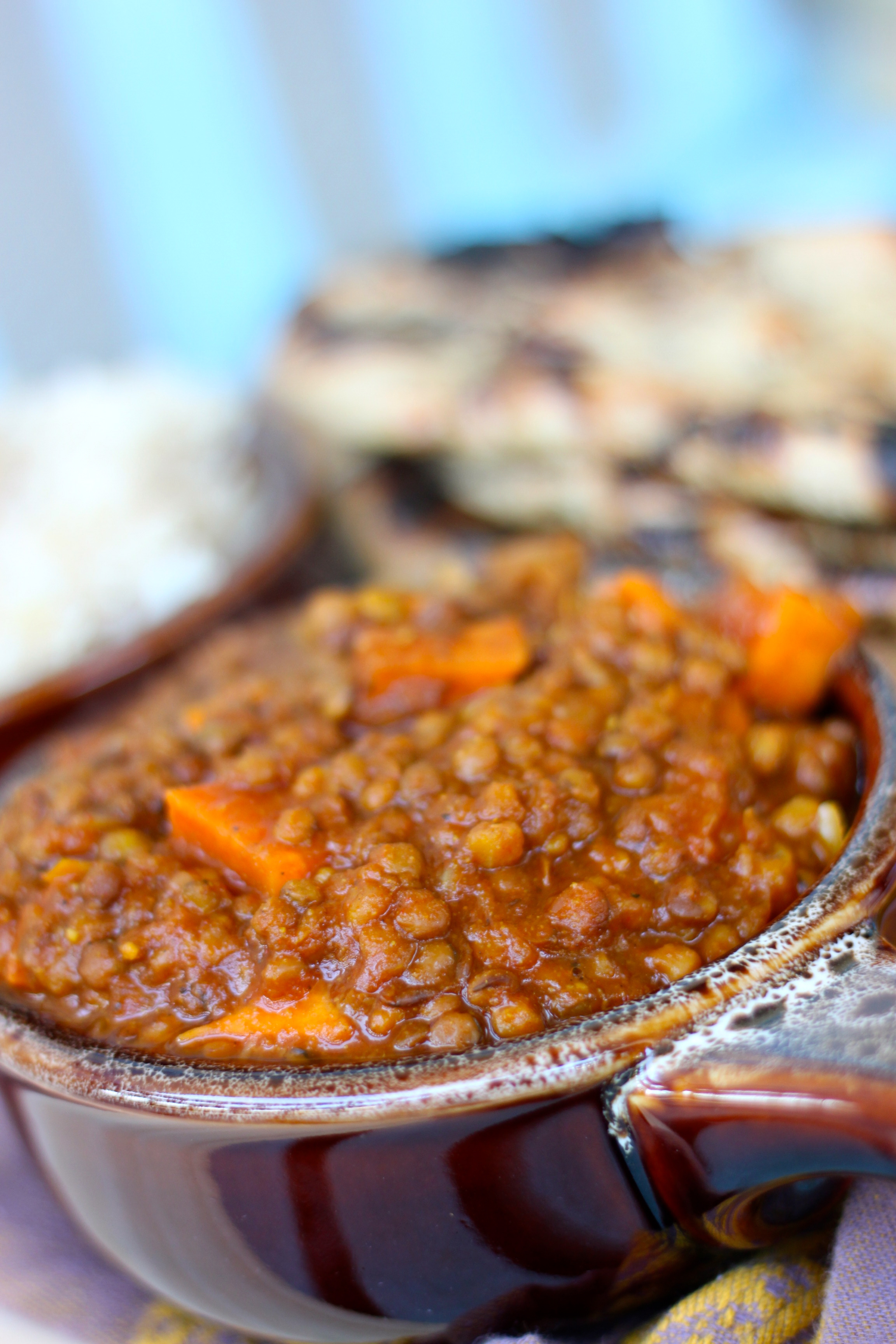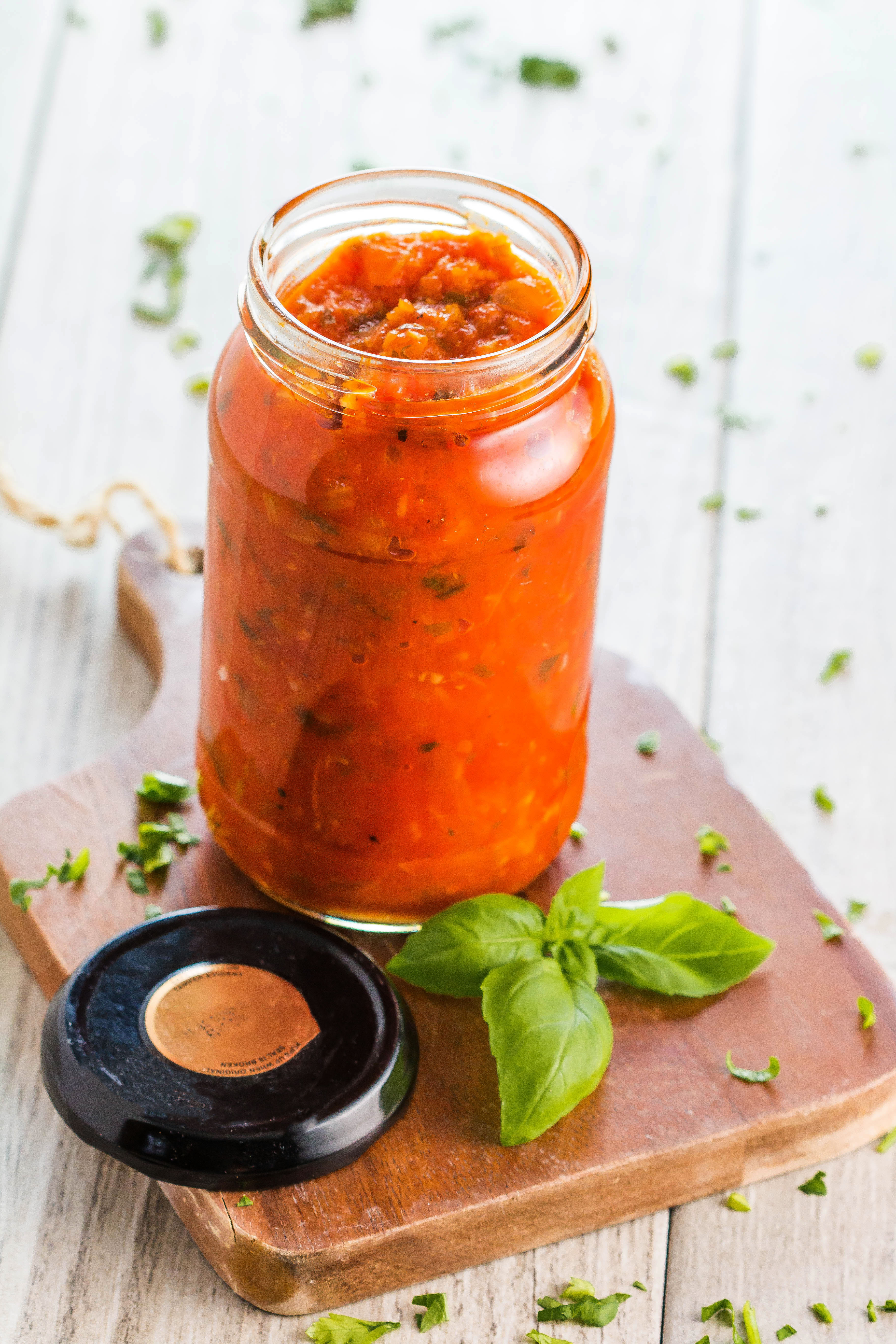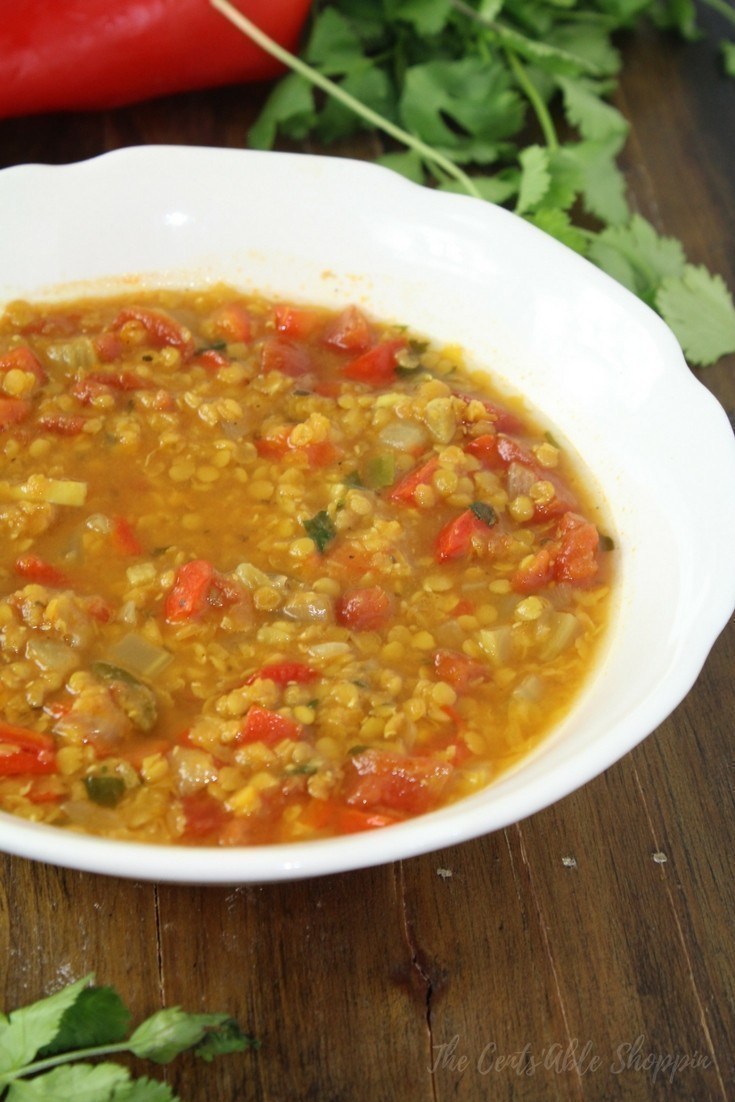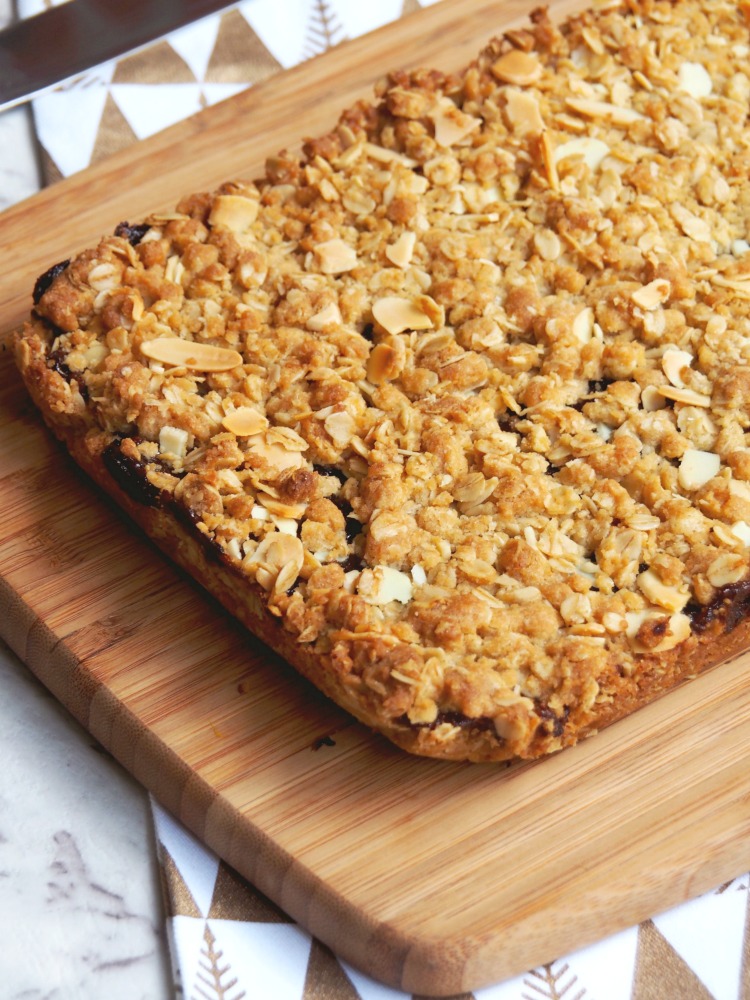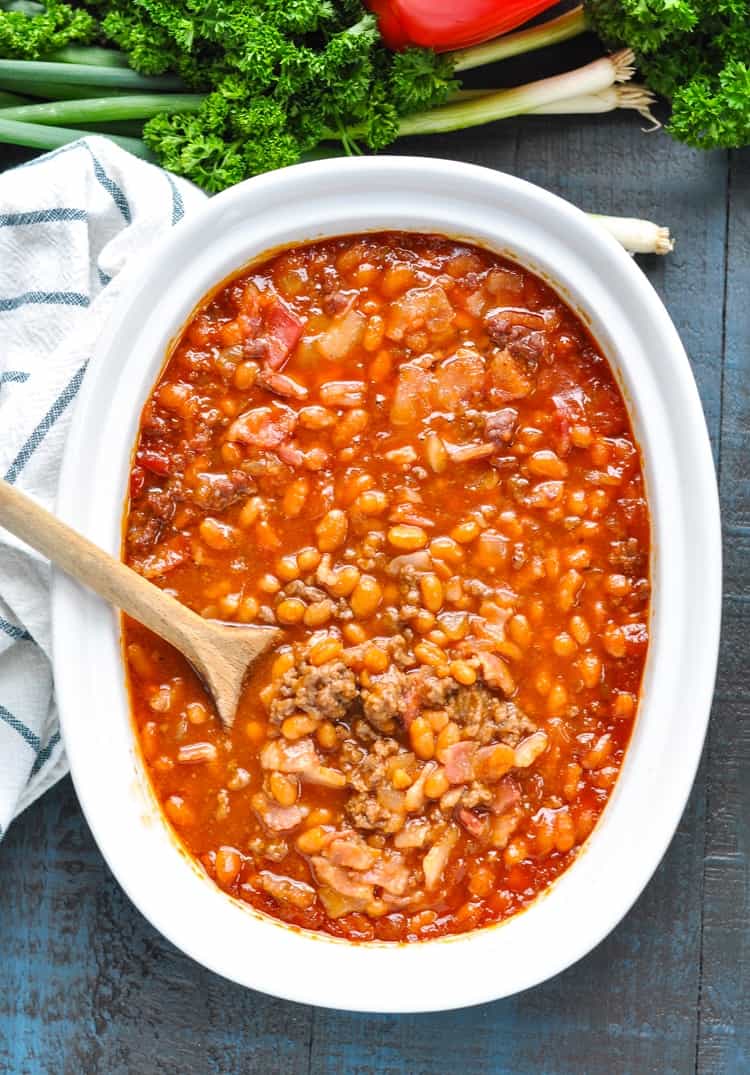Cacio e pepe is a classic Italian dish that has been enjoyed for centuries. This simple yet flavorful recipe is a staple in many Italian households and has gained popularity all over the world. Made with just a few ingredients, cacio e pepe is a perfect meal for any occasion. In this article, we will take a closer look at the history of this dish, the traditional ingredients used, and a step-by-step guide on how to make this delicious pasta at home.
The History of Cacio e Pepe
The Origins
The origins of cacio e pepe can be traced back to ancient Rome. It is said that Roman soldiers would carry pecorino cheese and pepper with them on their long journeys. They would mix these ingredients with pasta to create a quick and filling meal. Over time, this dish evolved into what we know today as cacio e pepe.
Regional Variations
While cacio e pepe is now considered a staple in Italian cuisine, there are variations of this dish found in different regions of Italy. In Rome, the dish is traditionally made with tonnarelli pasta, while in other regions, spaghetti or bucatini are used. Some recipes also call for the addition of butter or olive oil for a creamier texture.
The Traditional Ingredients
The key ingredients in cacio e pepe are
pecorino cheese and
black pepper. Pecorino is a hard, salty cheese made from sheep's milk, which gives the dish its signature flavor. The pepper used in this dish is typically freshly ground black pepper, which adds a spicy kick to the pasta. Other commonly used ingredients include
spaghetti or bucatini pasta,
salt, and
water.
How to Make Cacio e Pepe
Step 1: Boil the Pasta
Start by bringing a large pot of water to a boil. Add a generous amount of salt to the water, as this will help flavor the pasta.
Step 2: Grate the Cheese
While the pasta is cooking, grate the
pecorino cheese and set it aside. It is important to use freshly grated cheese for the best results.
Step 3: Cook the Pasta
Add the pasta to the boiling water and cook according to the package instructions until al dente.
Step 4: Reserve Some Pasta Water
Before draining the pasta, reserve a cup of the cooking water. This starchy water will help create a creamy sauce.
Step 5: Make the Sauce
In a separate pan, heat some olive oil over medium heat. Add in the freshly ground black pepper and cook for a minute. Then, add in the reserved pasta water and bring it to a simmer.
Step 6: Add the Pasta and Cheese
Once the sauce is simmering, add in the cooked pasta and
grated pecorino cheese. Toss everything together until the cheese has melted and the pasta is coated in the sauce.
Step 7: Serve and Enjoy
Serve the cacio e pepe immediately, topped with some extra black pepper and grated cheese. This dish is best enjoyed hot and fresh.
In conclusion, cacio e pepe is a simple yet delicious Italian dish that has stood the test of time. With its rich history and traditional ingredients, this pasta dish is truly a taste of Italy. So next time you're craving some comfort food, try making cacio e pepe at home and impress your family and friends with your newfound culinary skills.
Cacio e pepe is a classic Italian dish that has been enjoyed for centuries. This simple yet flavorful recipe is a staple in many Italian households and has gained popularity all over the world. Made with just a few ingredients, cacio e pepe is a perfect meal for any occasion. In this article, we will take a closer look at the history of this dish, the traditional ingredients used, and a step-by-step guide on how to make this delicious pasta at home.
The History of Cacio e Pepe
The Origins
The origins of cacio e pepe can be traced back to ancient Rome. It is said that Roman soldiers would carry pecorino cheese and pepper with them on their long journeys. They would mix these ingredients with pasta to create a quick and filling meal. Over time, this dish evolved into what we know today as cacio e pepe.
Regional Variations
While cacio e pepe is now considered a staple in Italian cuisine, there are variations of this dish found in different regions of Italy. In Rome, the dish is traditionally made with tonnarelli pasta, while in other regions, spaghetti or bucatini are used. Some recipes also call for the addition of butter or olive oil for a creamier texture.
The Traditional Ingredients
The key ingredients in cacio e pepe are pecorino cheese and black pepper. Pecorino is a hard, salty cheese made from sheep's milk, which gives the dish its signature flavor. The pepper used in this dish is typically freshly ground black pepper, which adds a spicy kick to the pasta. Other commonly used ingredients include spaghetti or bucatini pasta, salt, and water.
How to Make Cacio e Pepe
Step 1: Boil the Pasta
Start by bringing a large pot of water to a boil. Add a generous amount of salt to the water, as this will help flavor the pasta.
Step 2: Grate the Cheese
While the pasta is cooking, grate the pecorino cheese and set it aside. It is important to use freshly grated cheese for the best results.
Step 3: Cook the Pasta
Add the pasta to the boiling water and cook according to the package instructions until al dente.
Step 4: Reserve Some Pasta Water
Before draining the pasta, reserve a cup of the cooking water. This starchy water will help create a creamy sauce.
Step 5: Make the Sauce
In a separate pan, heat some olive oil over medium heat. Add in the freshly ground black pepper and cook for a minute. Then, add in the reserved pasta water and bring it to a simmer.
Step 6: Add the Pasta and Cheese
Once the sauce is simmering, add in the cooked pasta and grated pecorino cheese. Toss everything together until the cheese has melted and the pasta is coated in the sauce.
Step 7: Serve and Enjoy
Serve the cacio e pepe immediately, topped with some extra black pepper and grated cheese. This dish is best enjoyed hot and fresh.
In conclusion, cacio e pepe is a simple yet delicious Italian dish that has stood the test of time. With its rich history and traditional ingredients, this pasta dish is truly a taste of Italy. So next time you're craving some comfort food, try making cacio e pepe at home and impress your family and friends with your newfound culinary skills.

